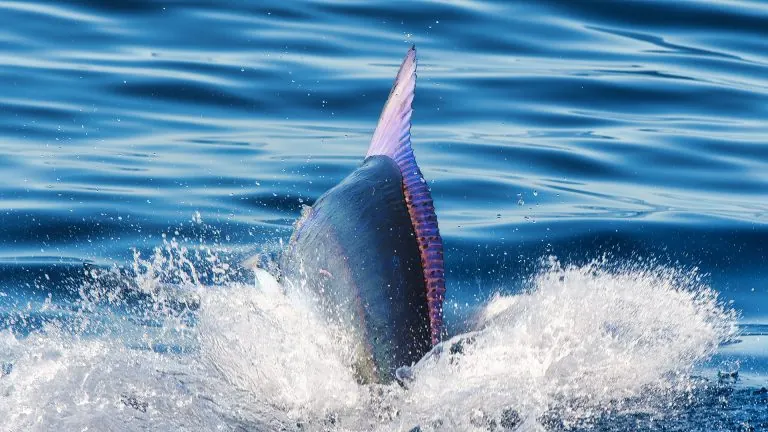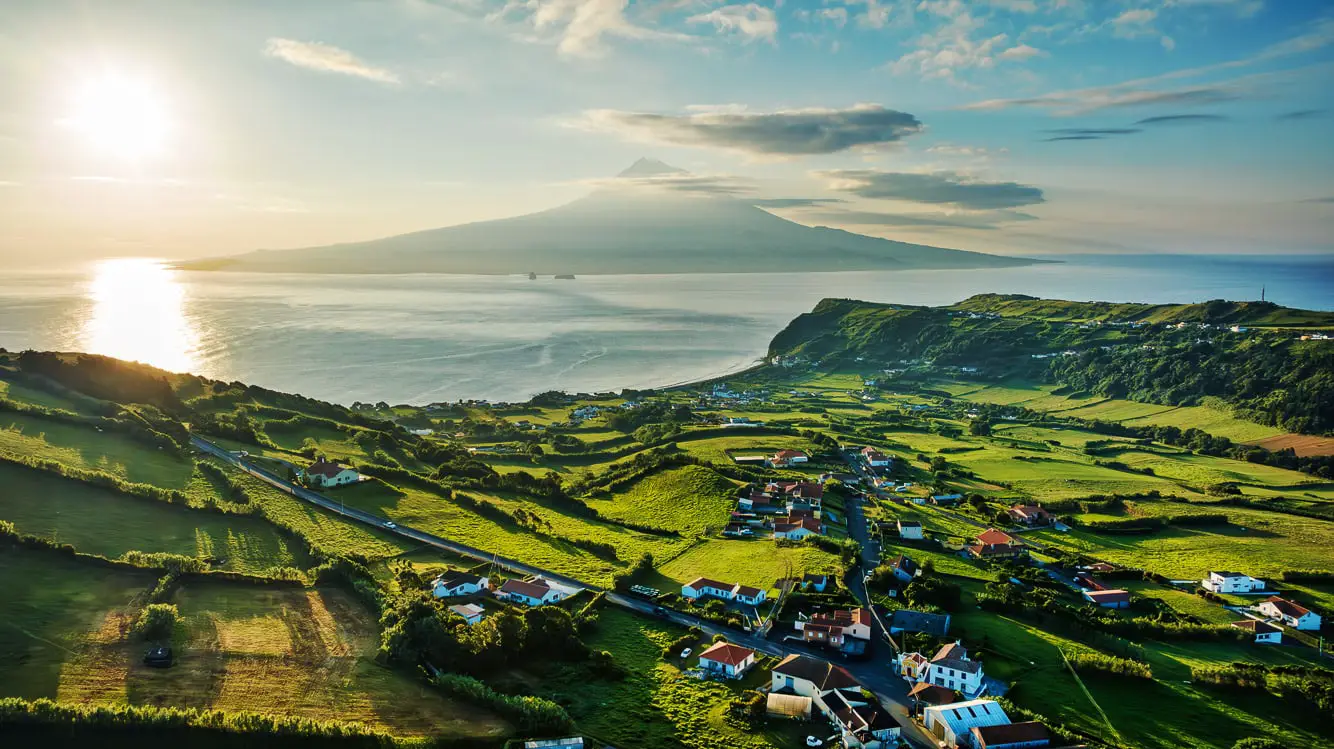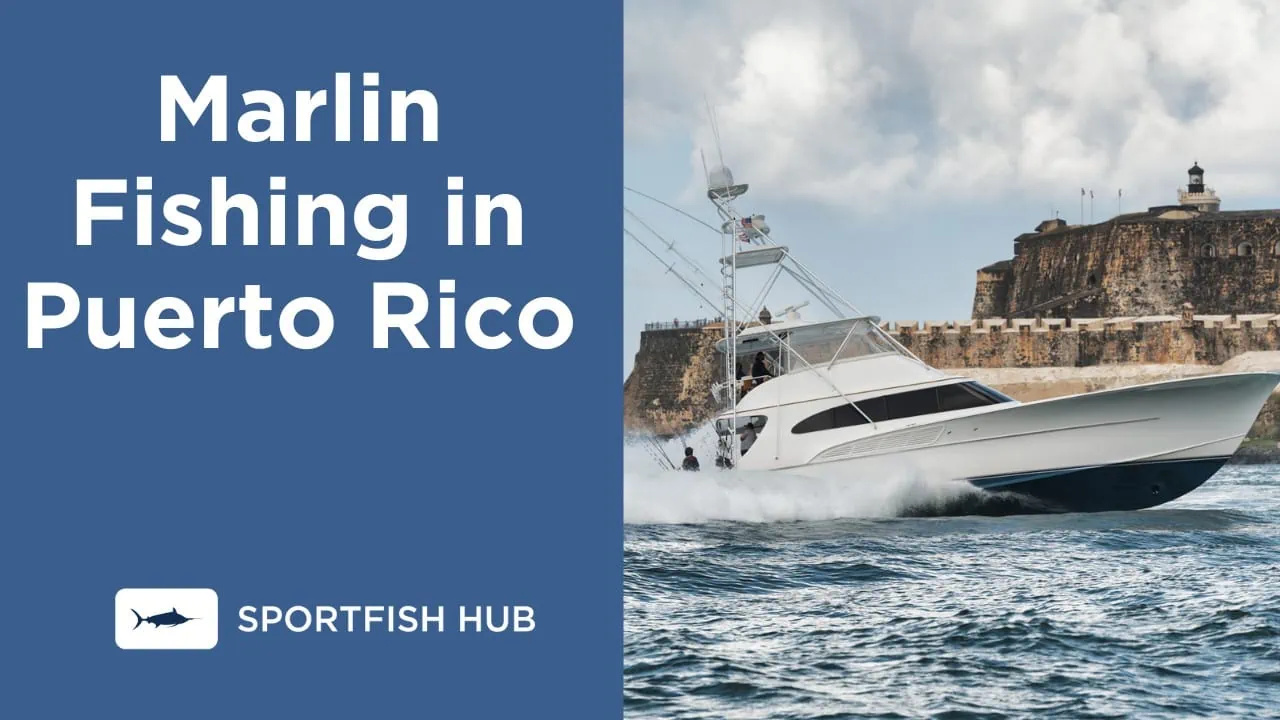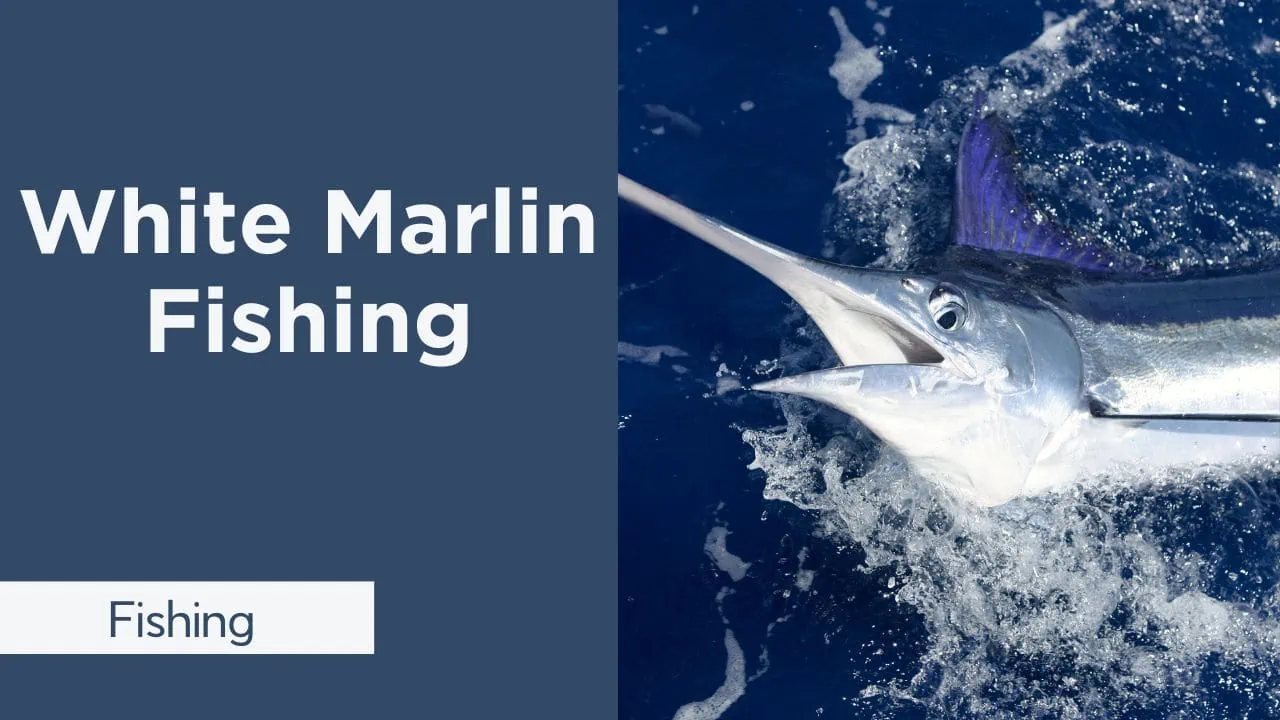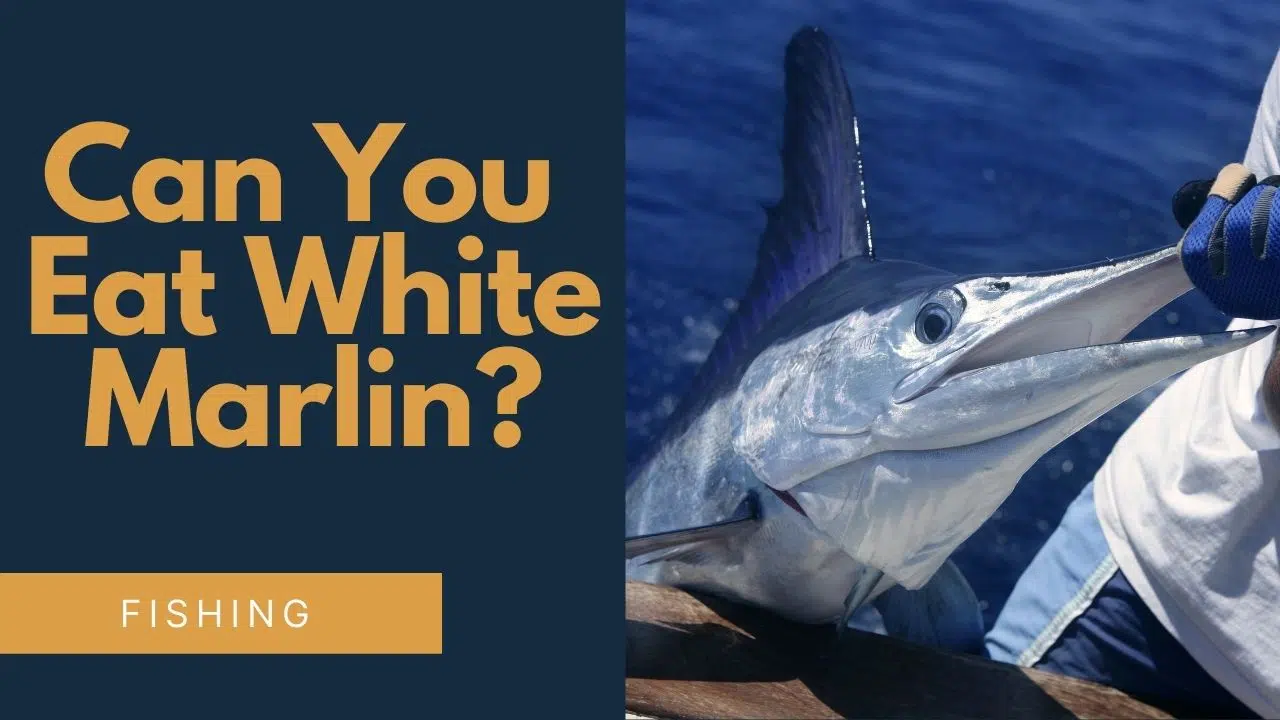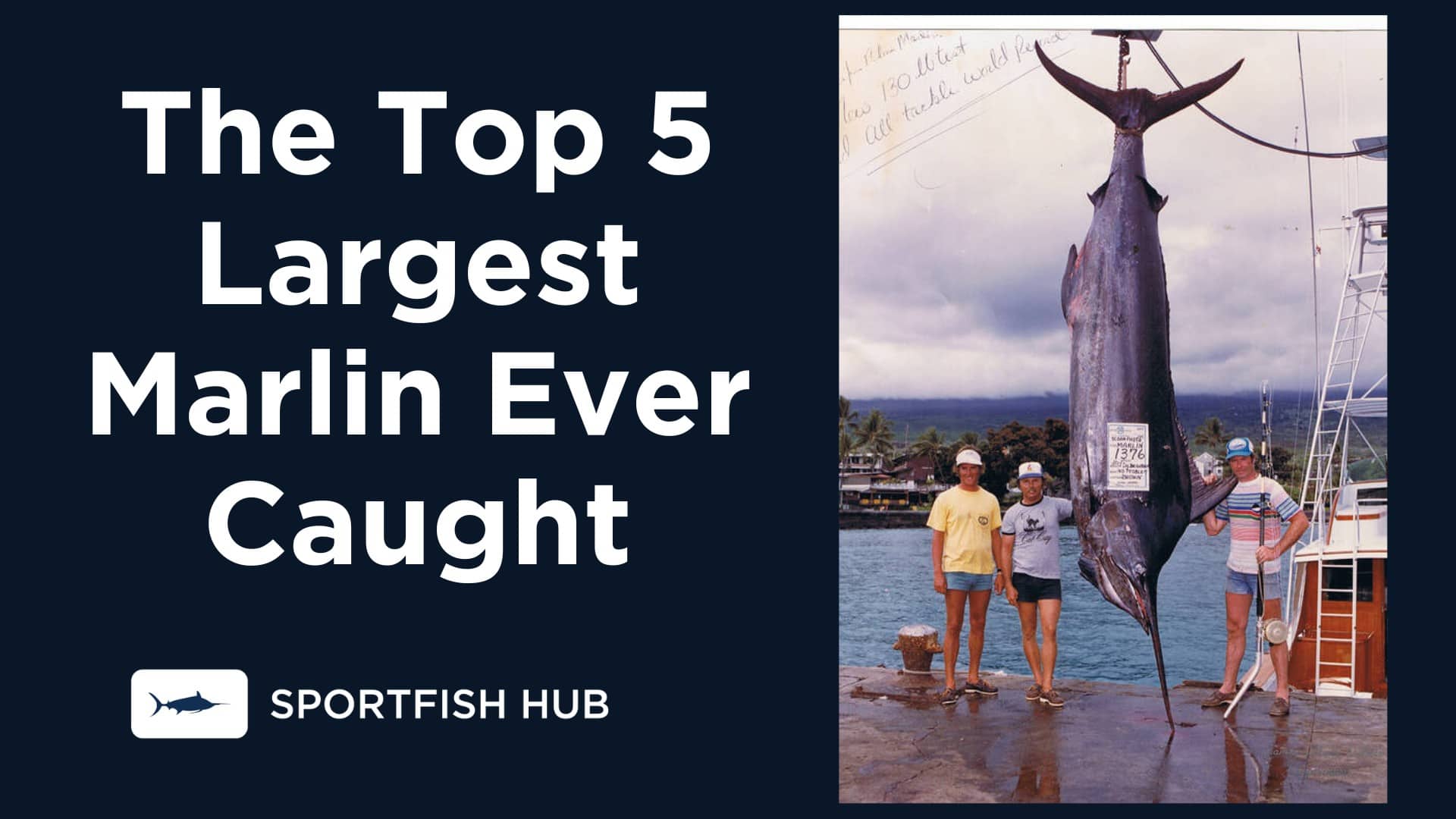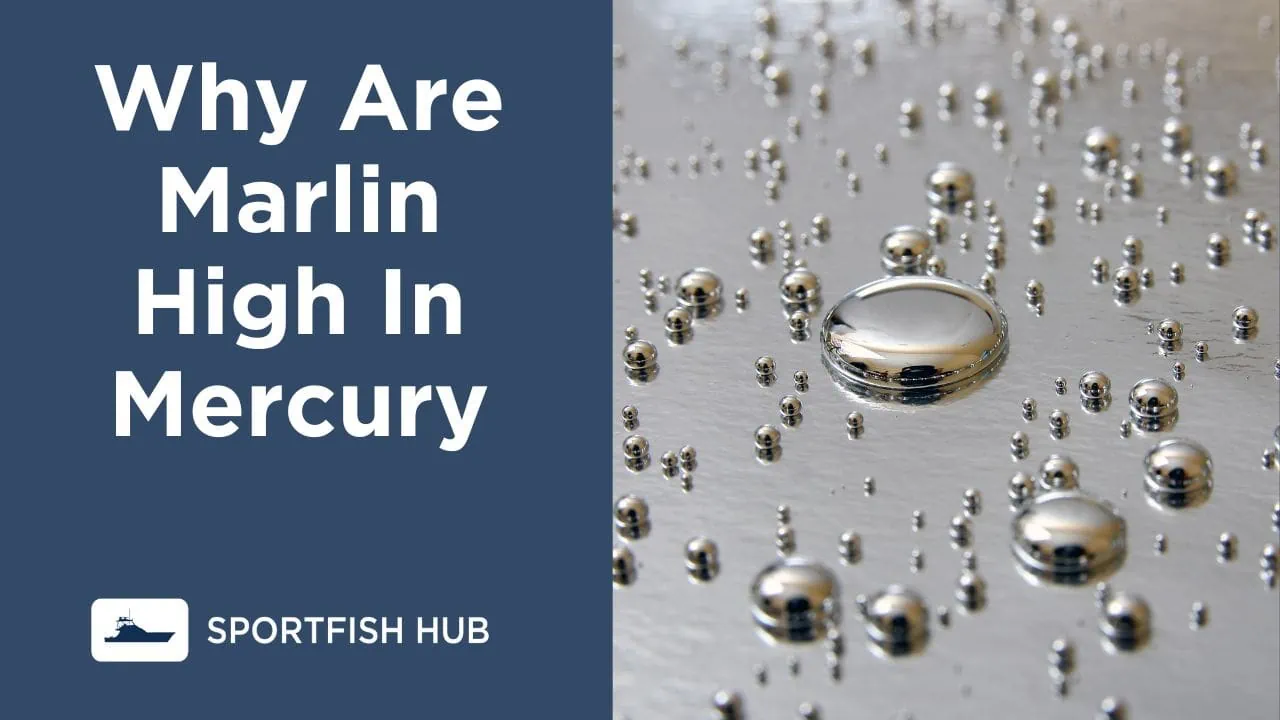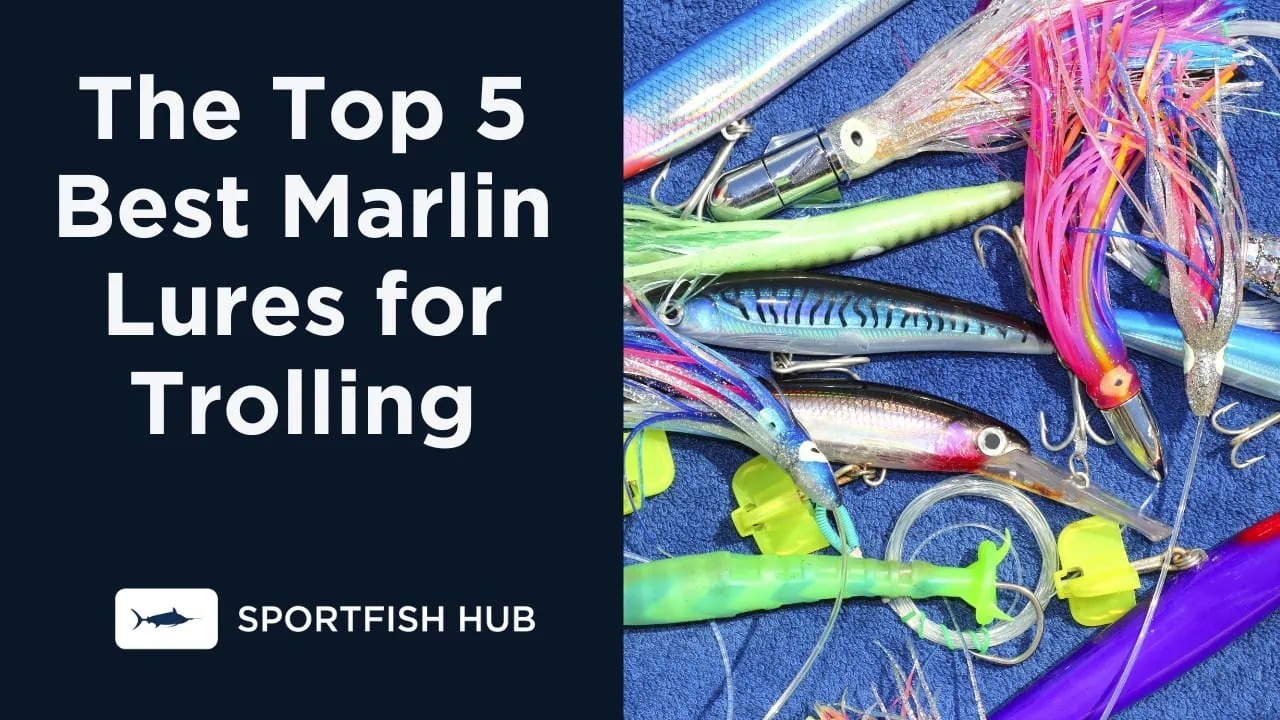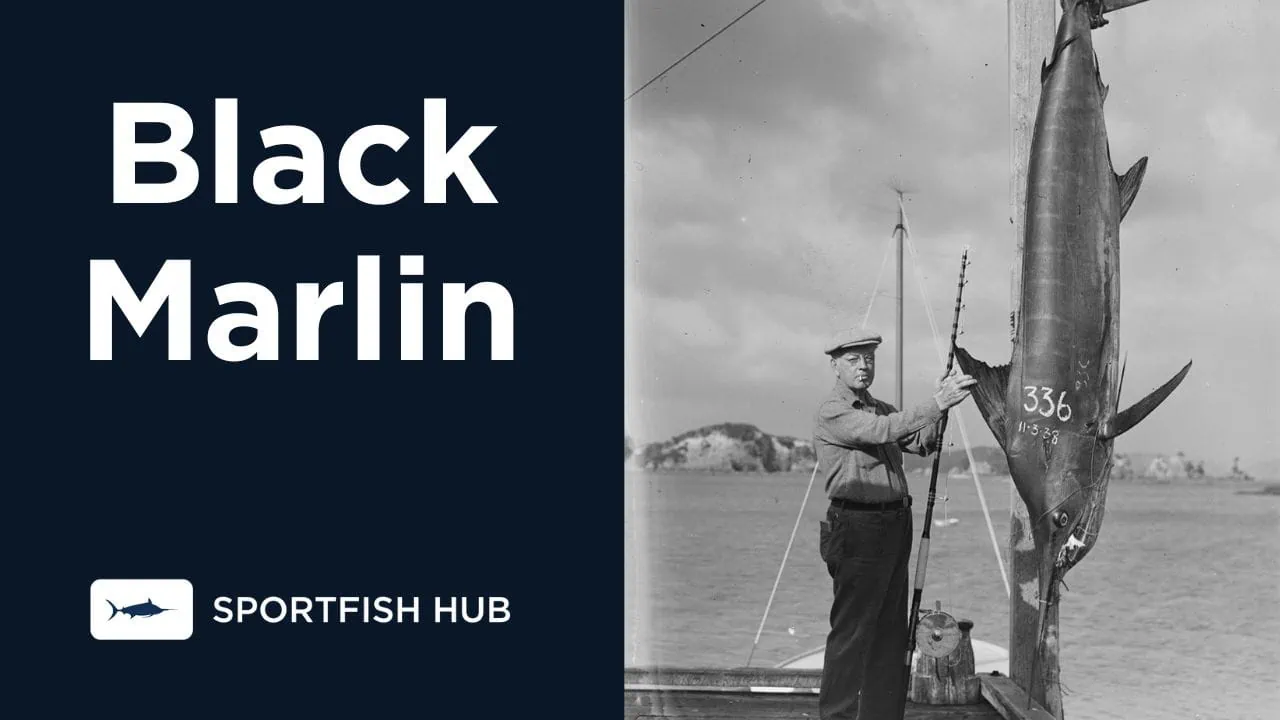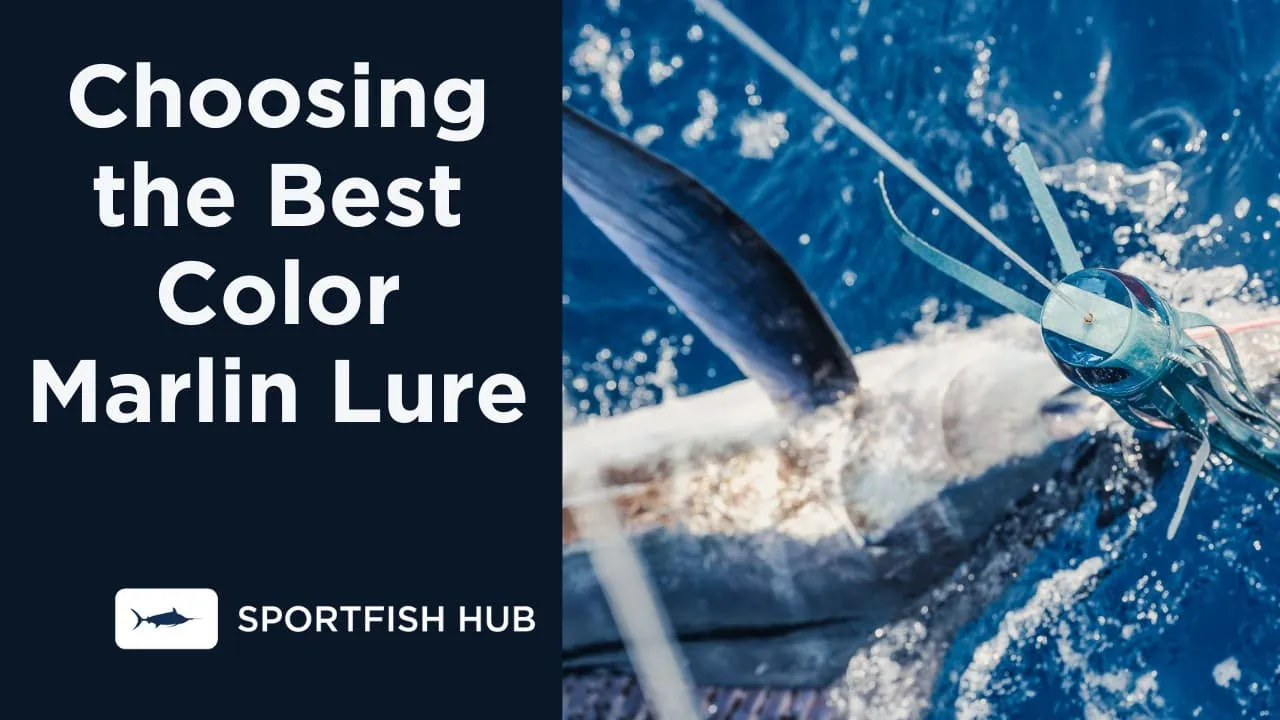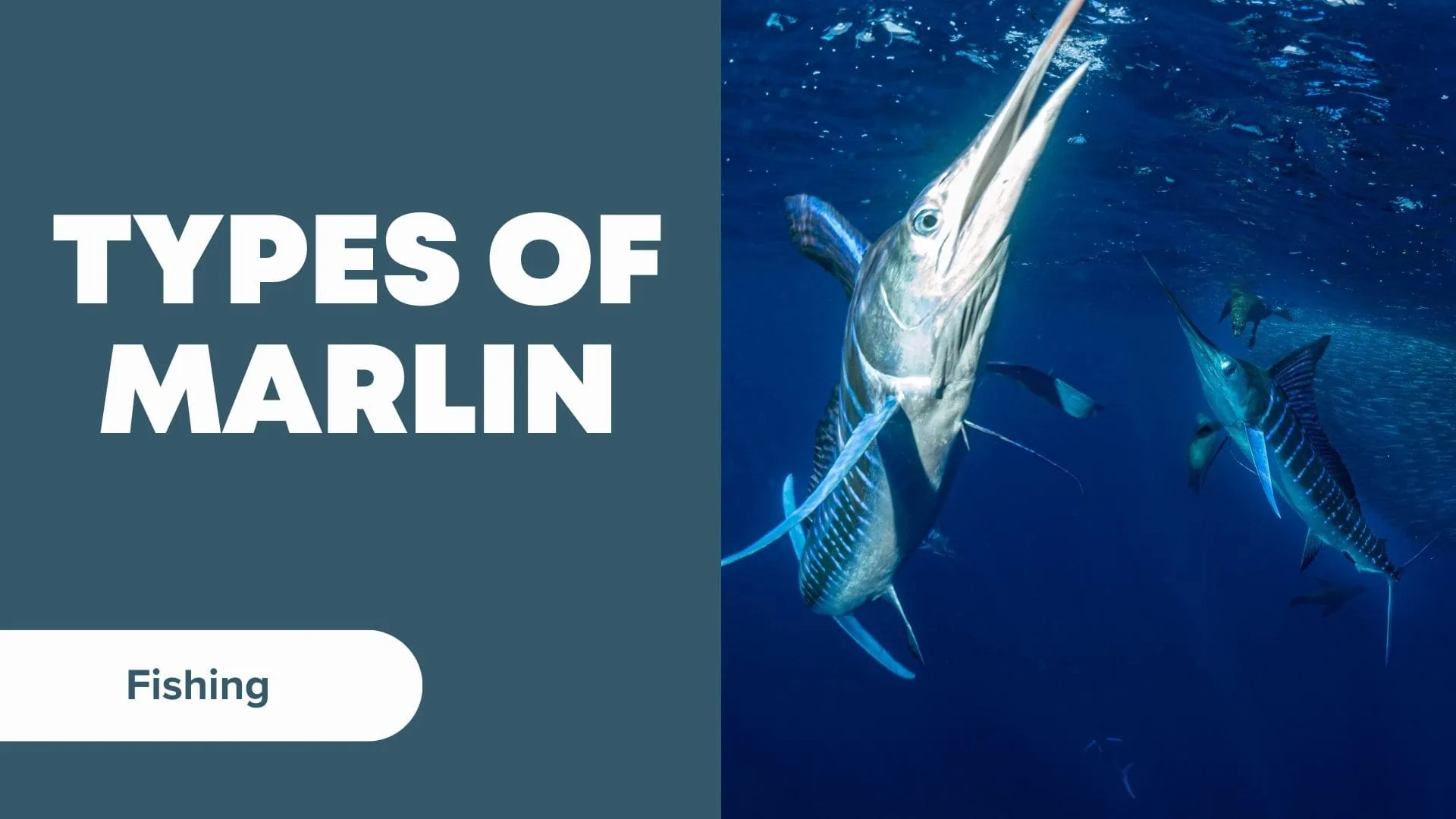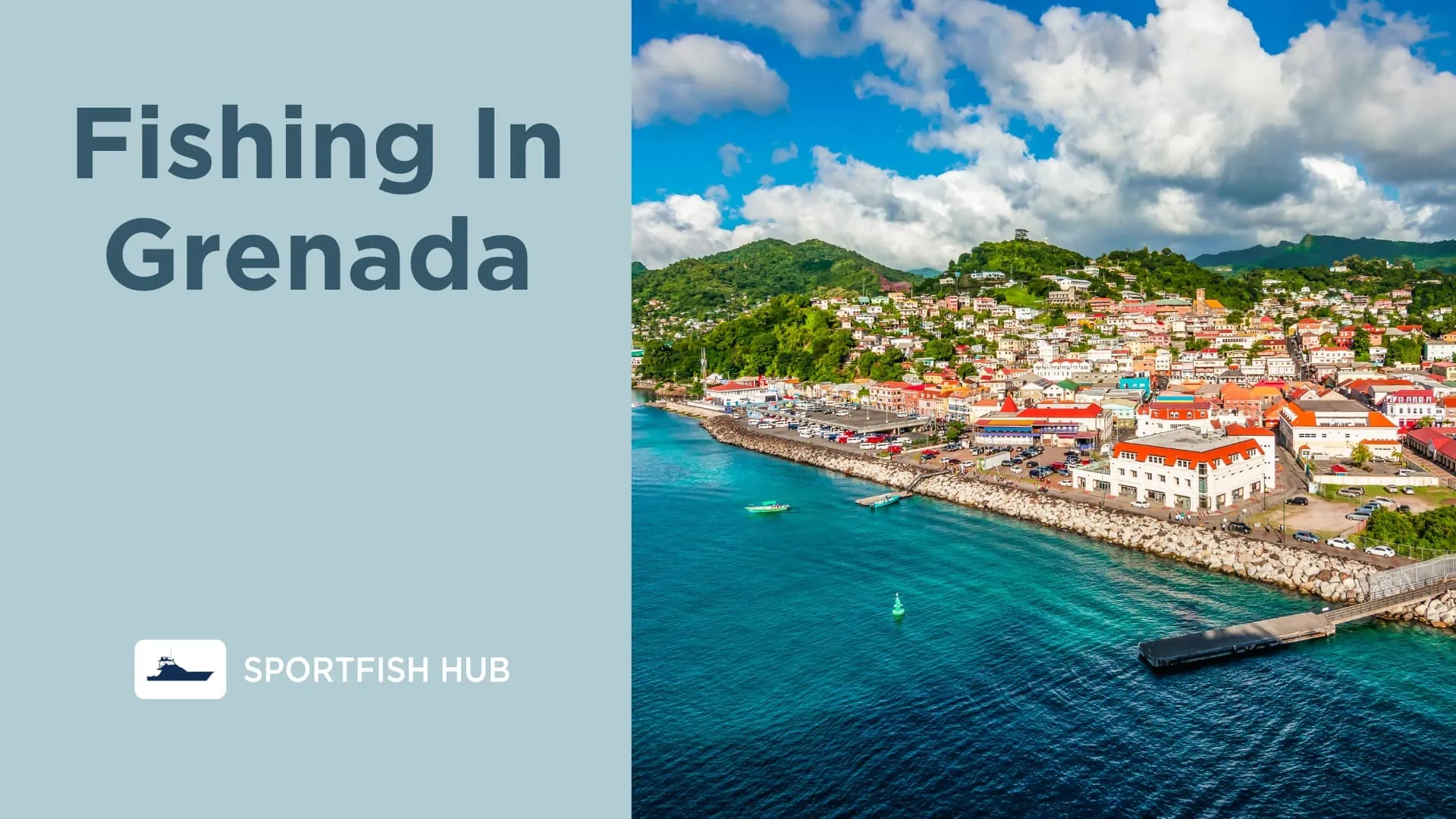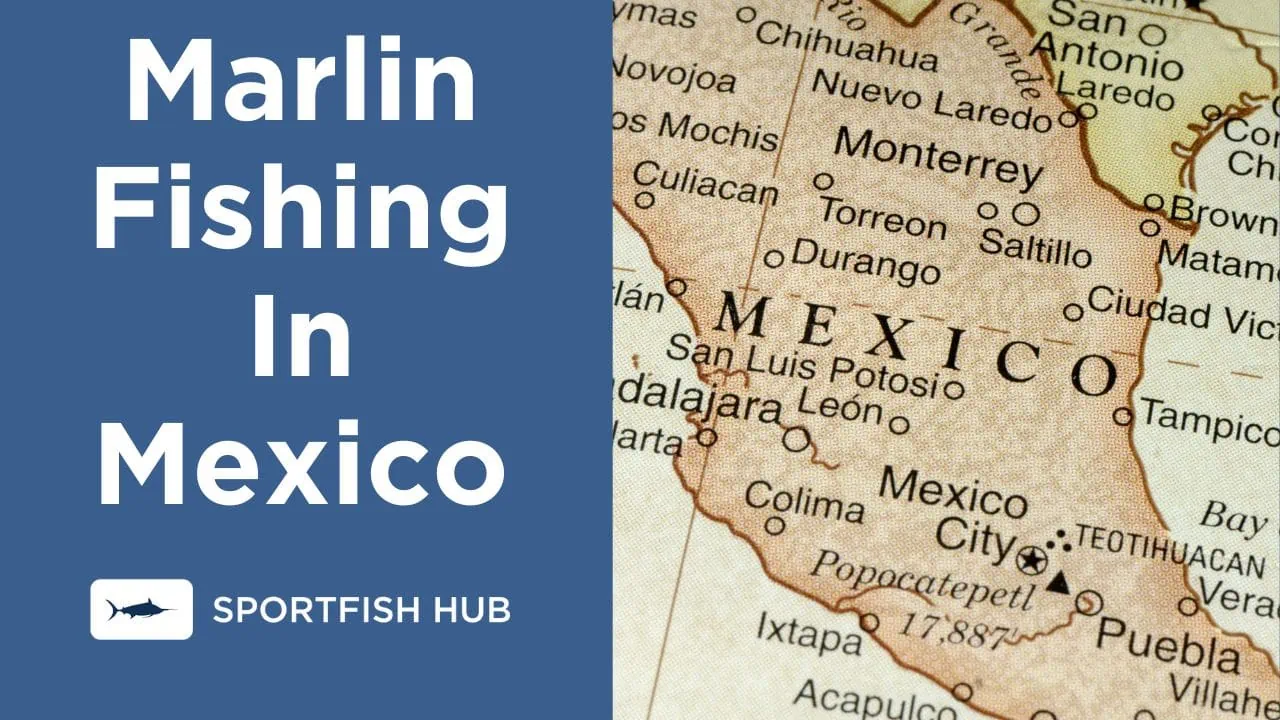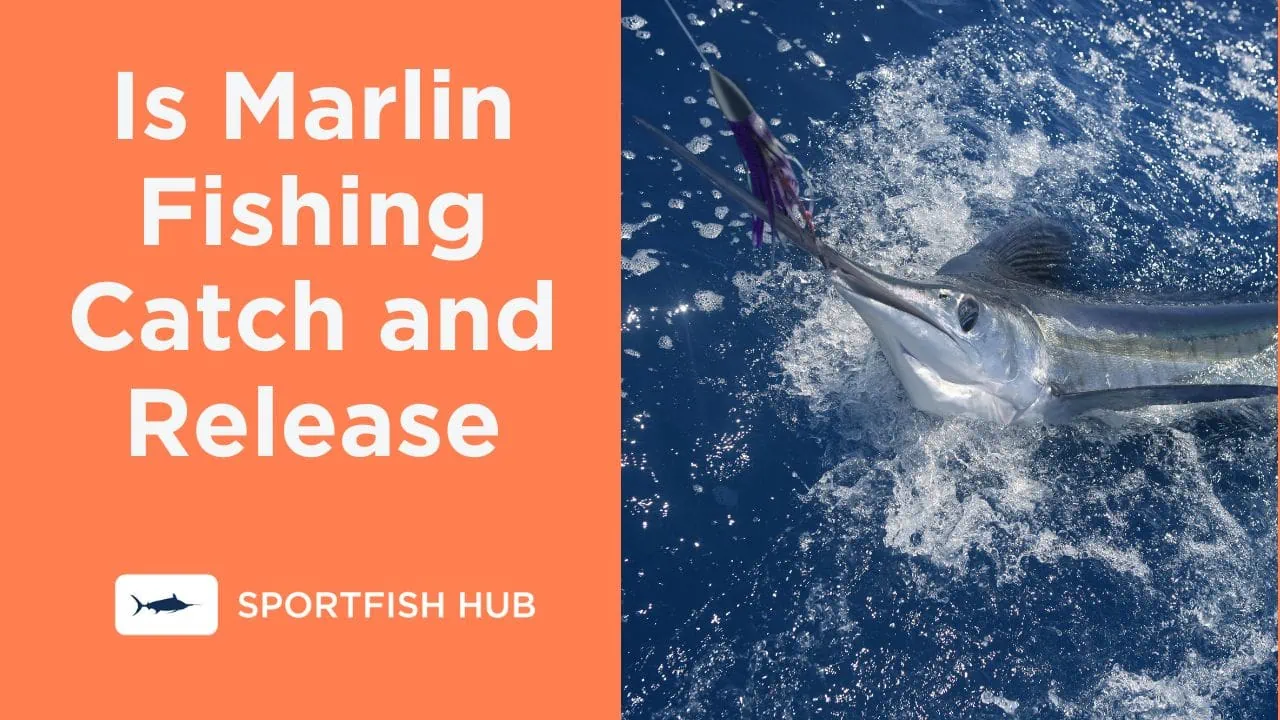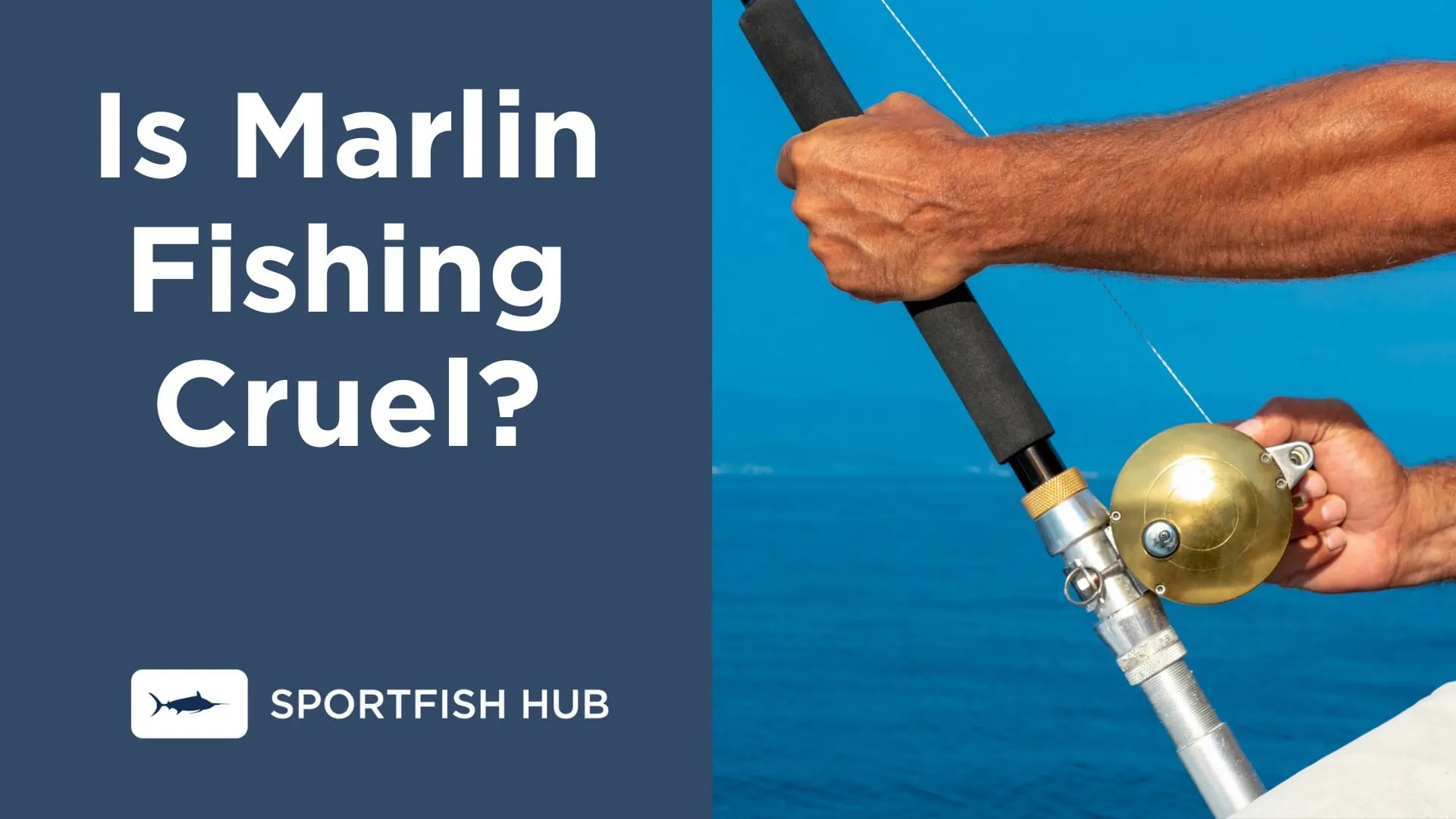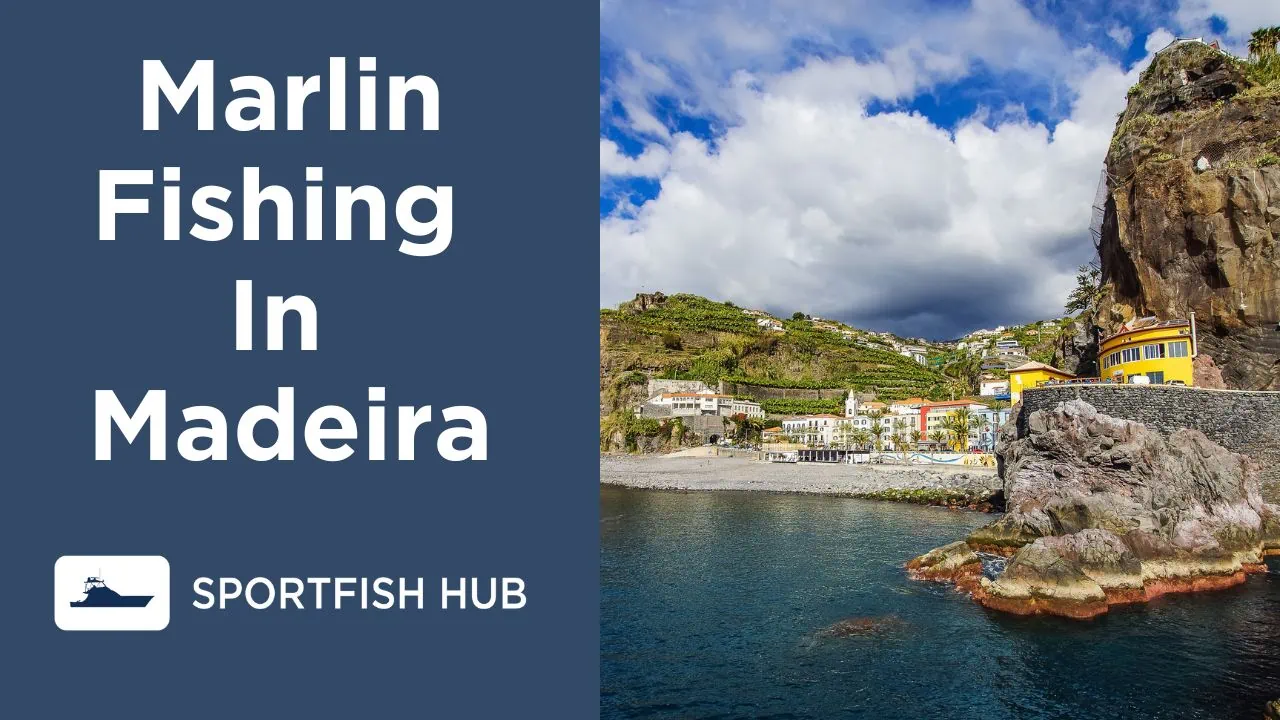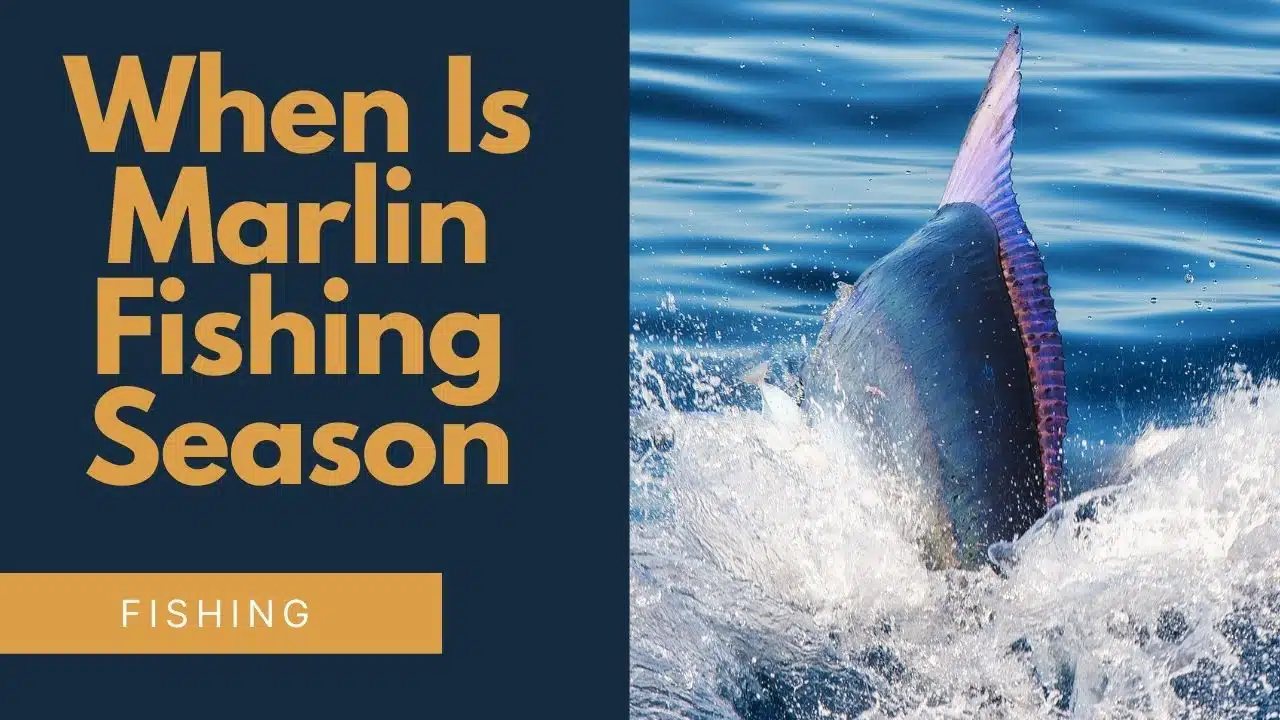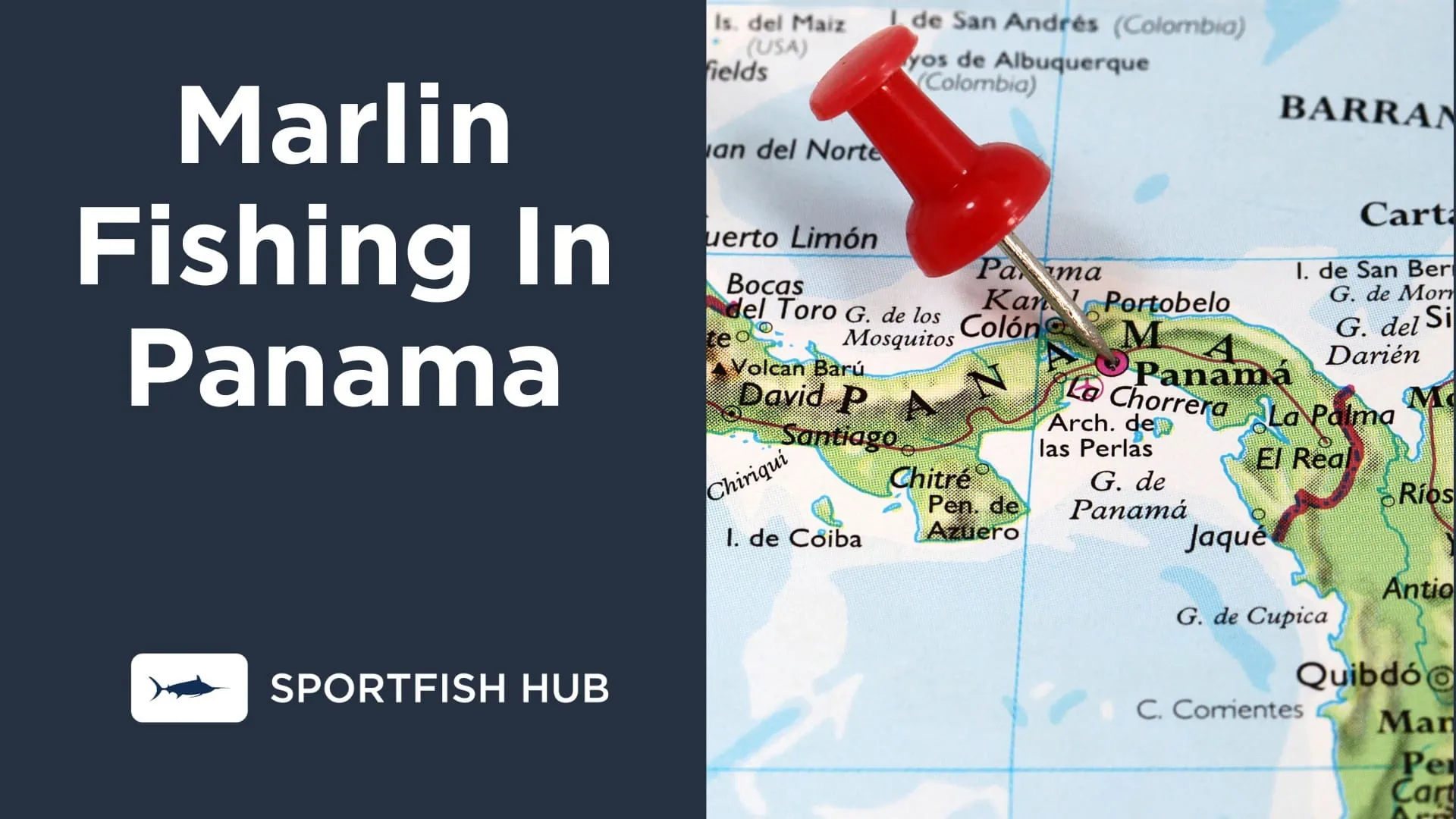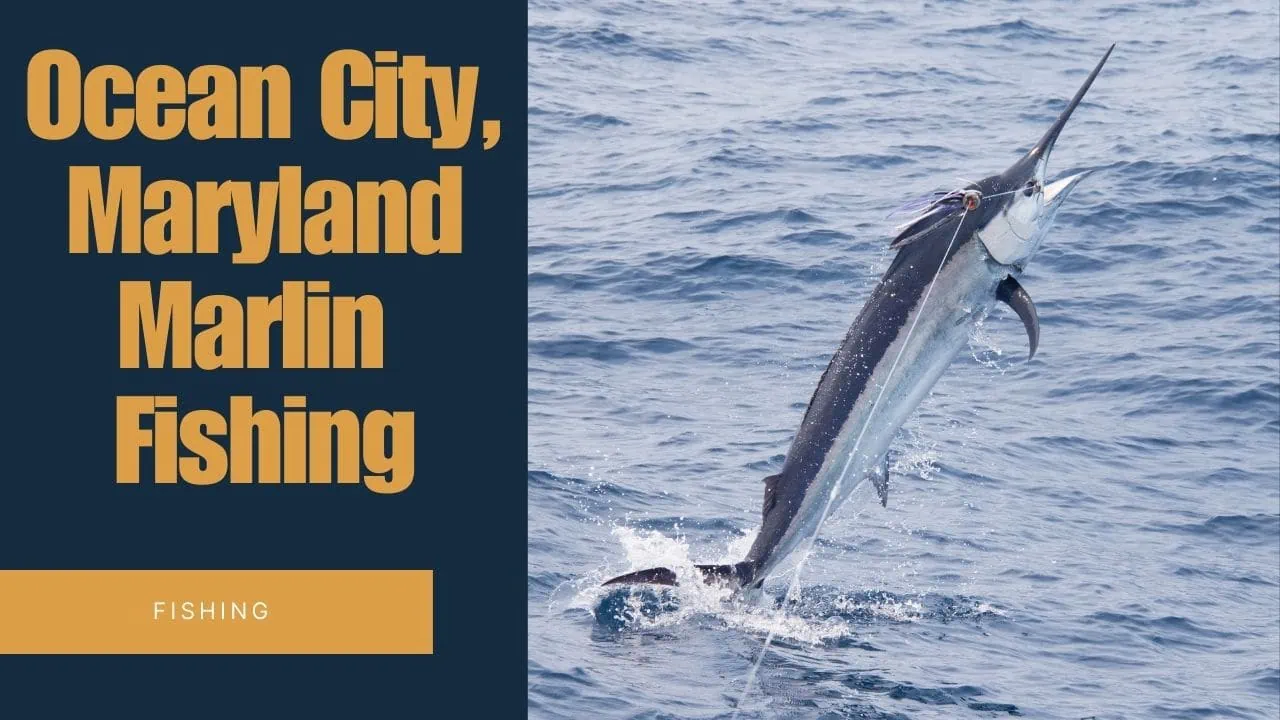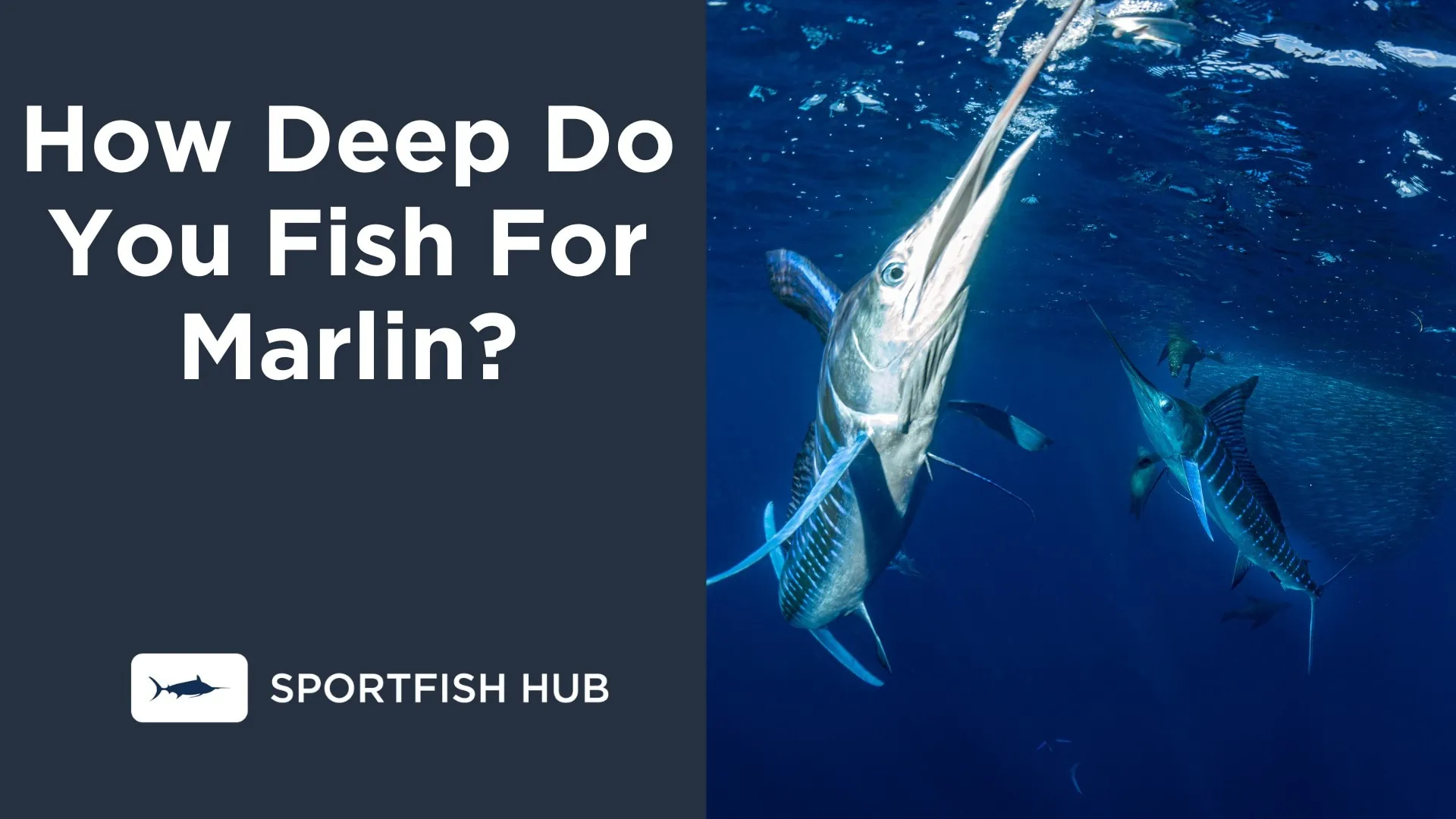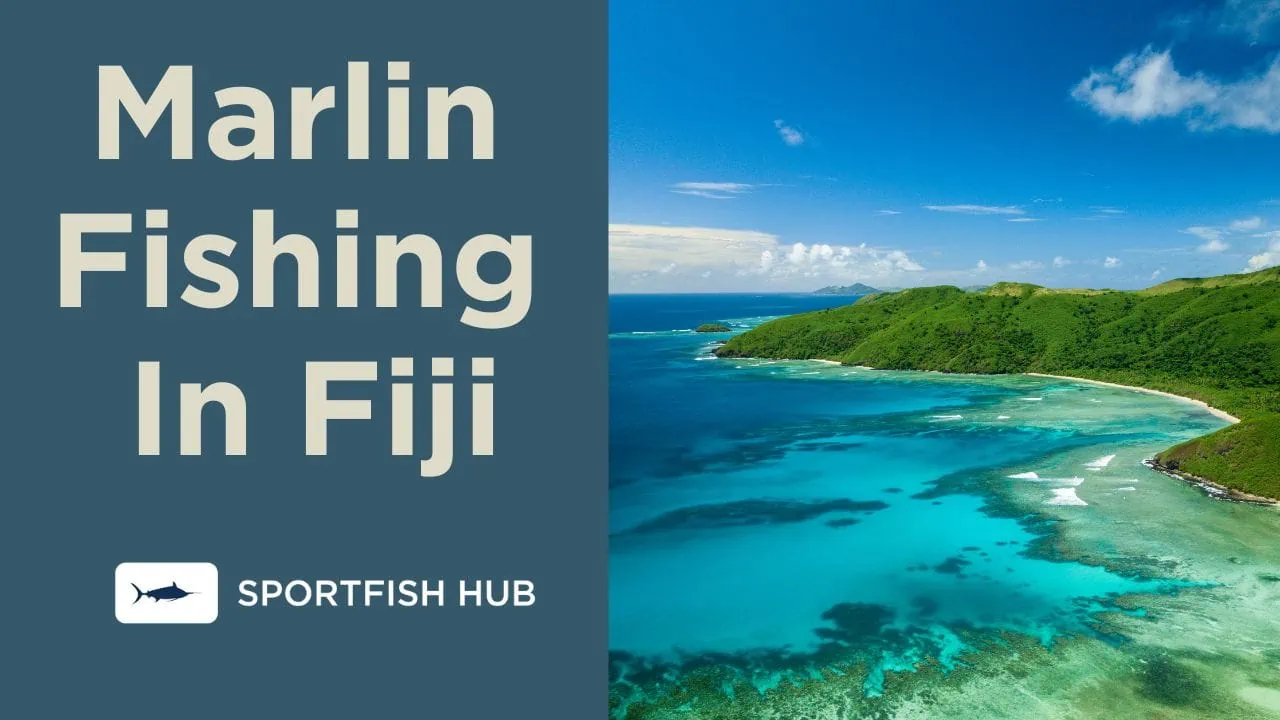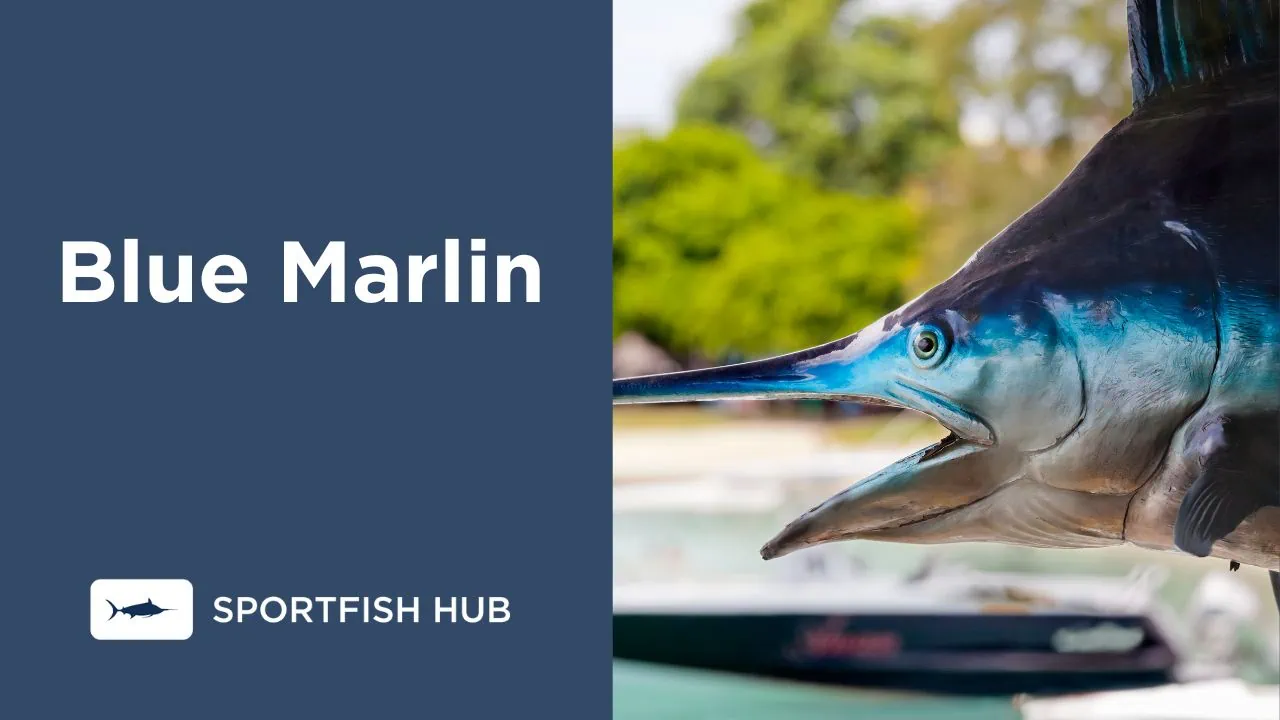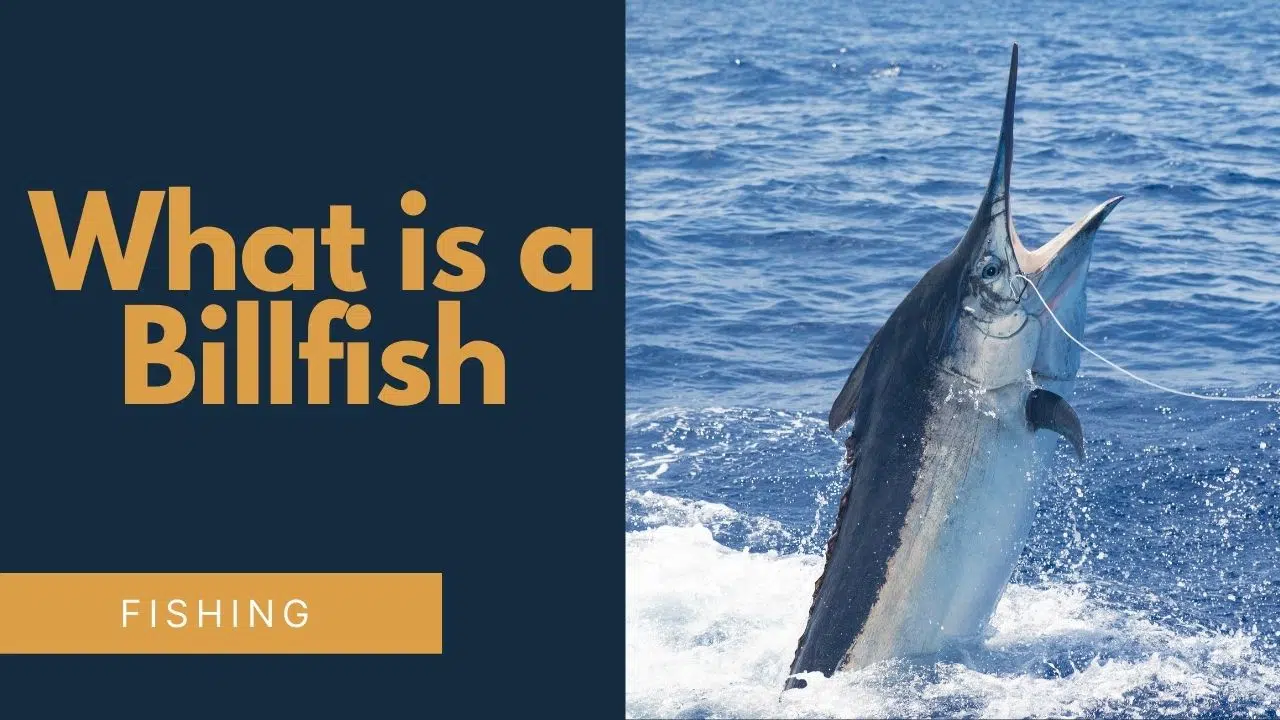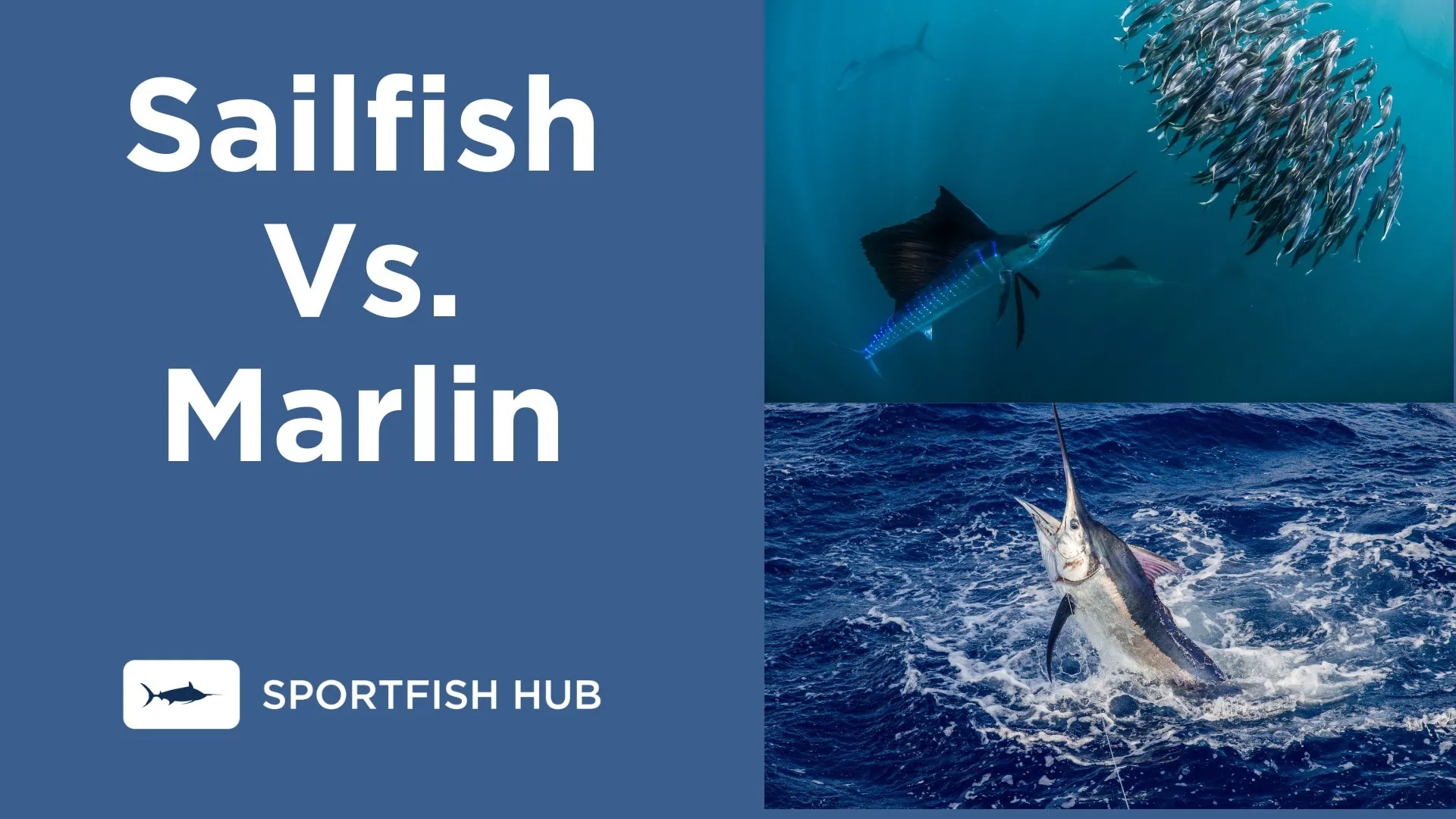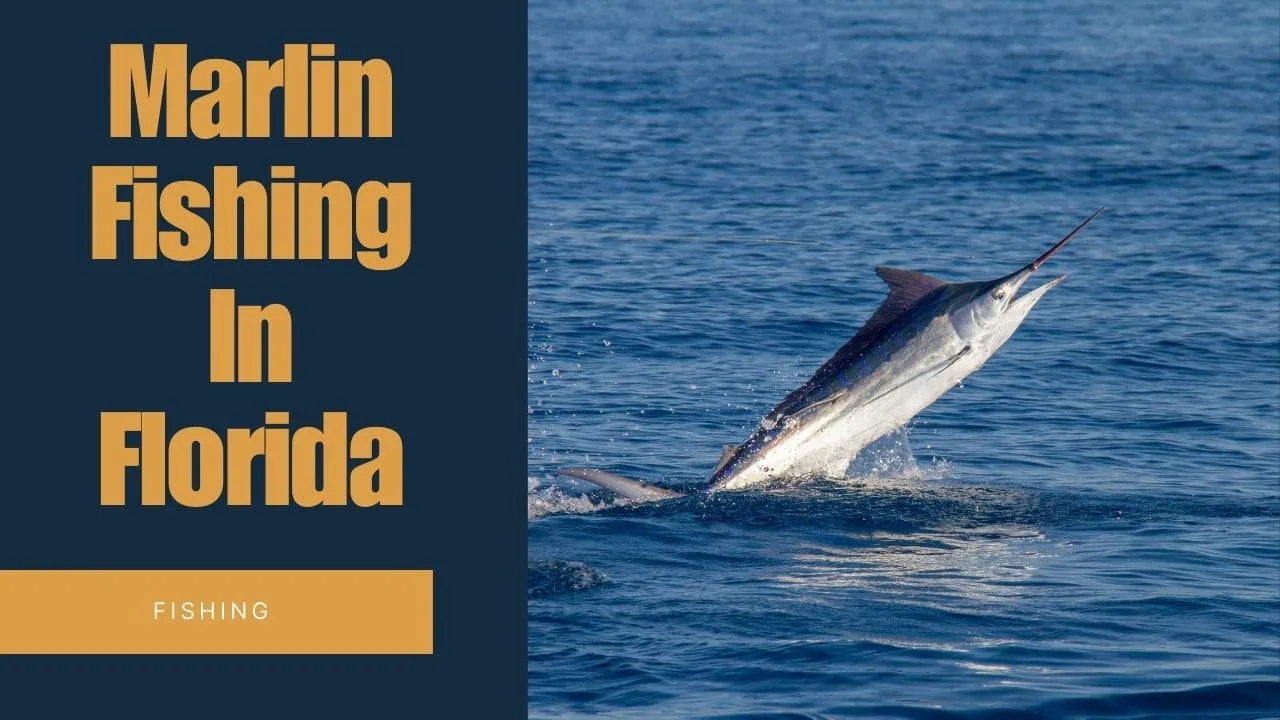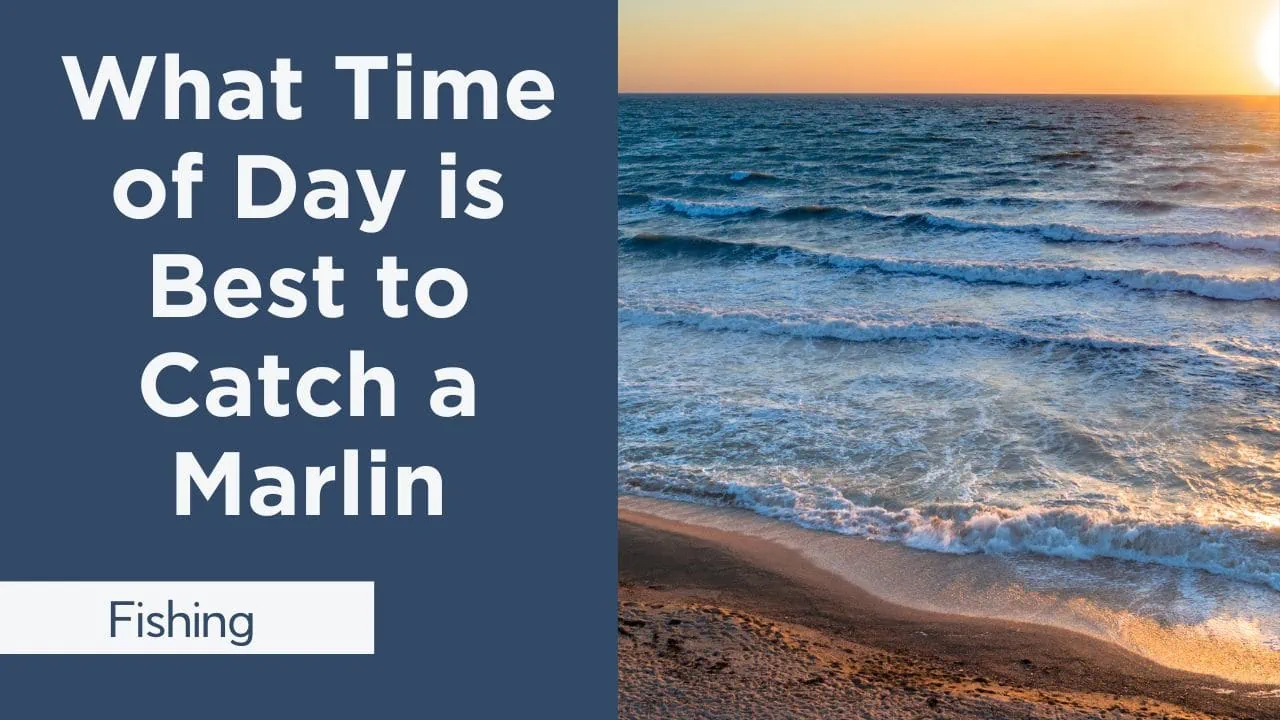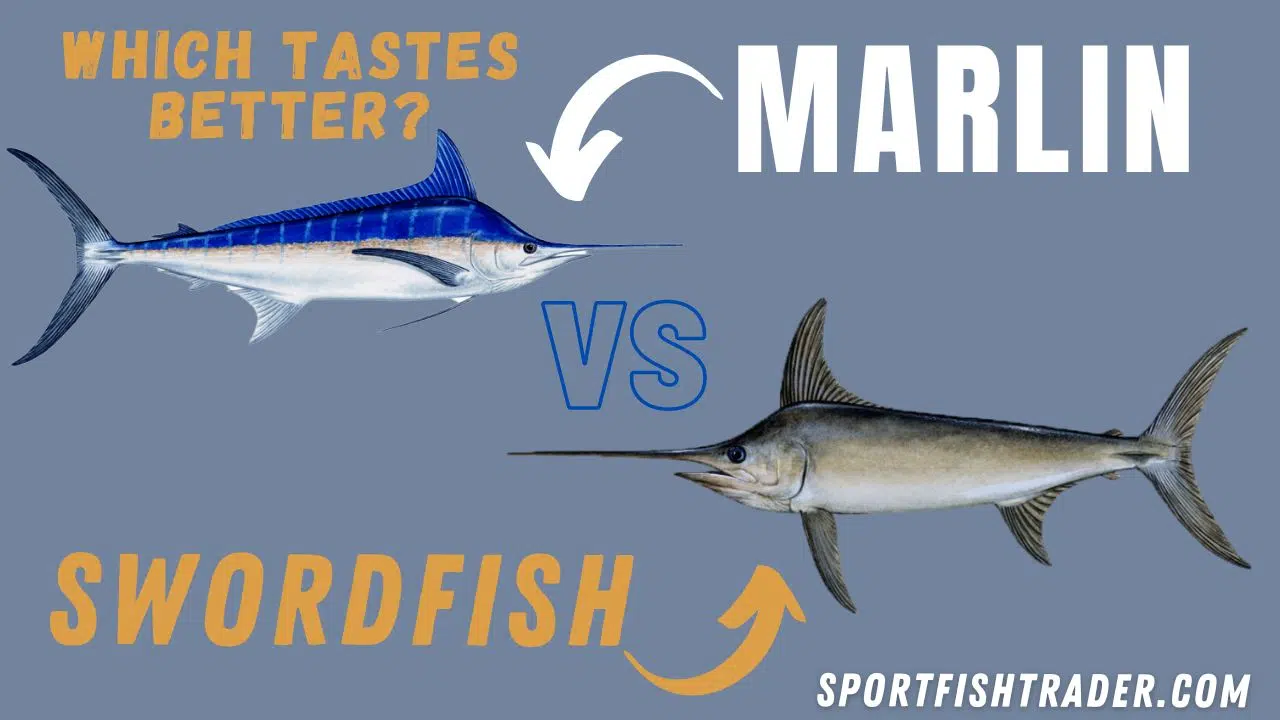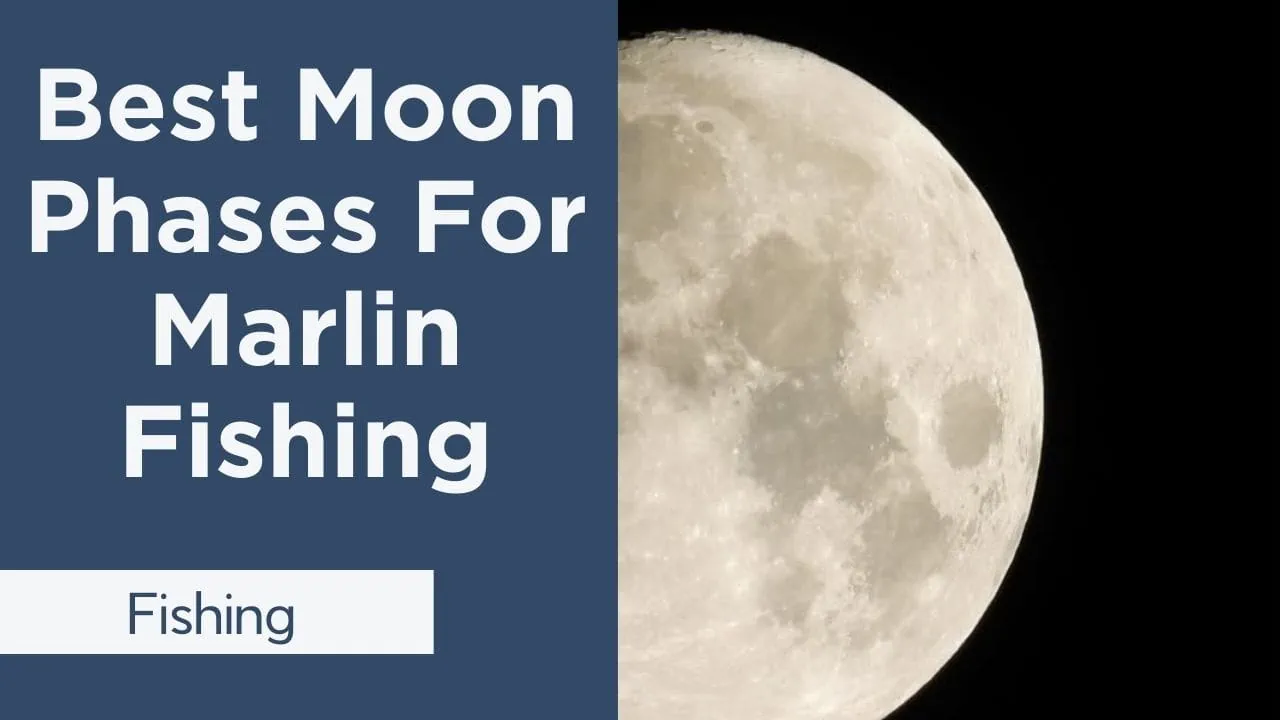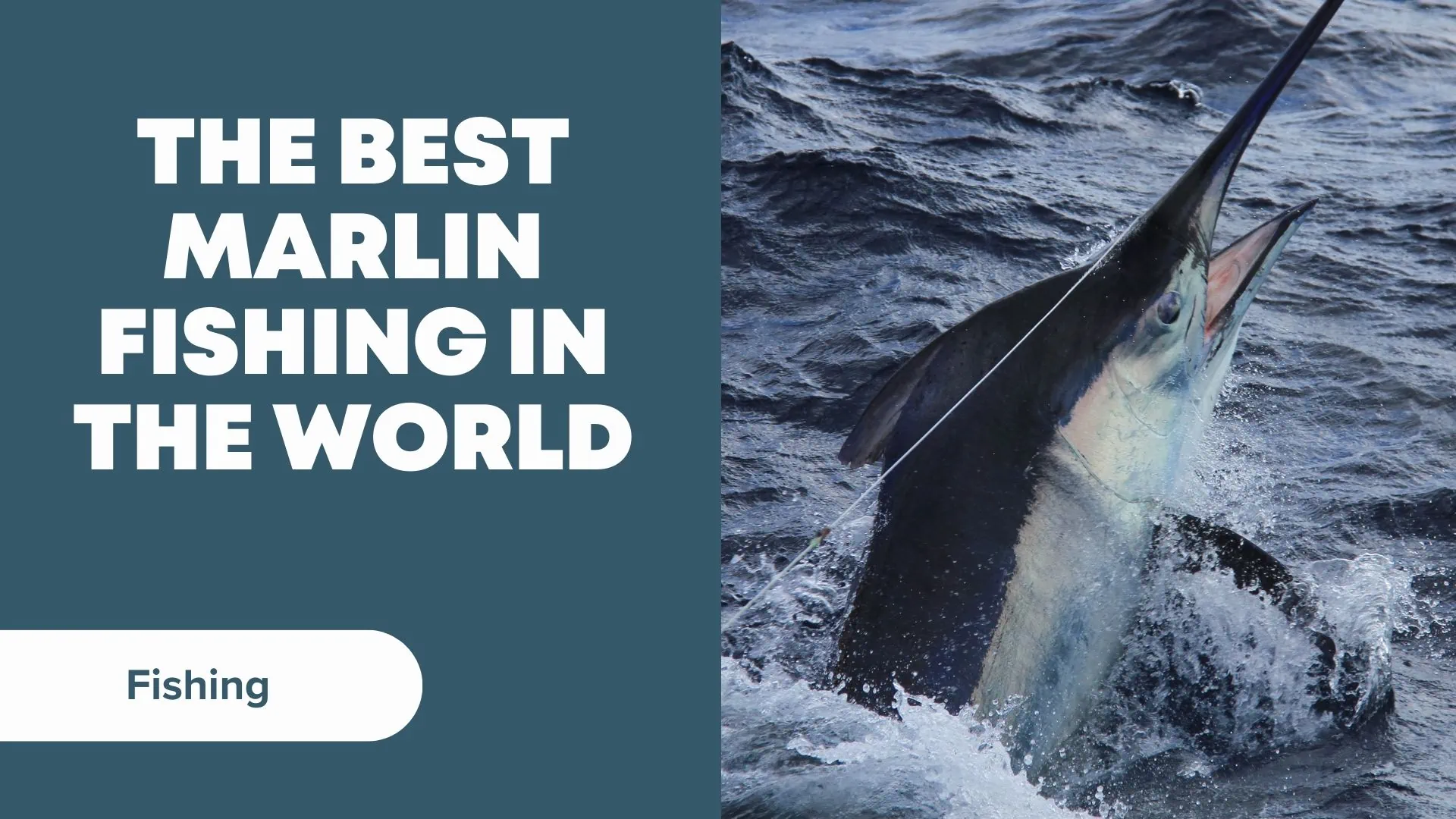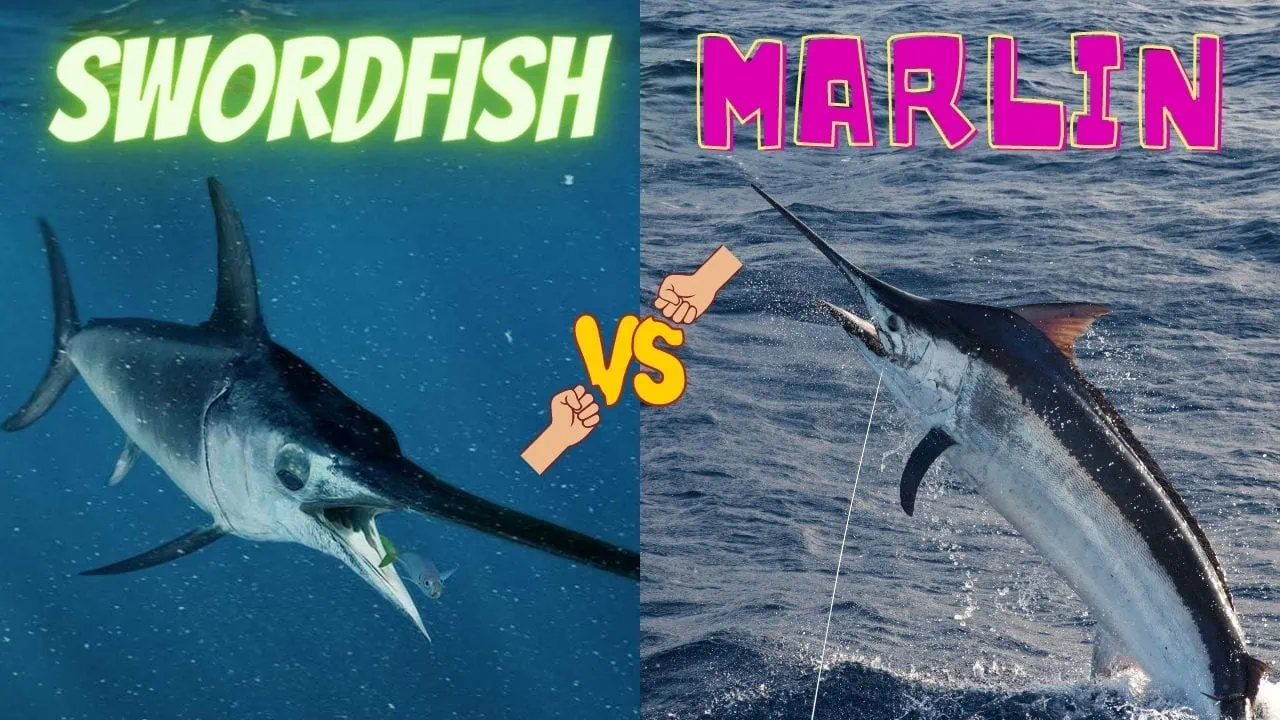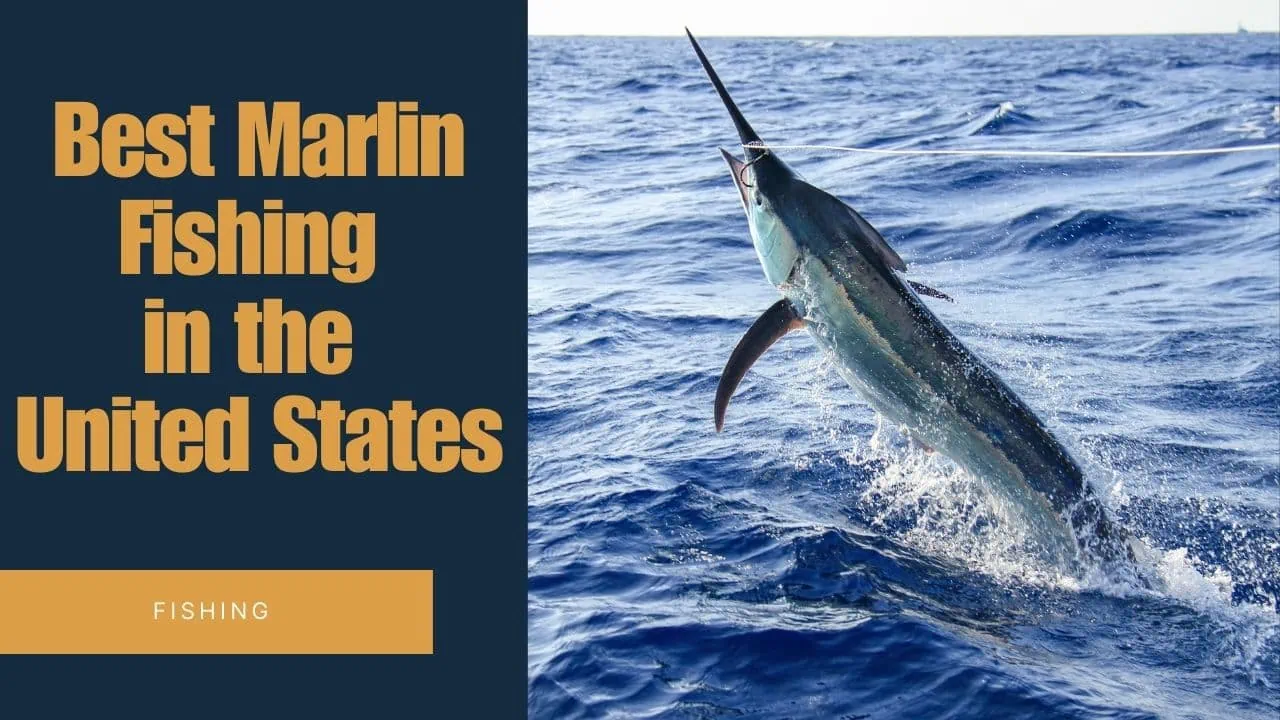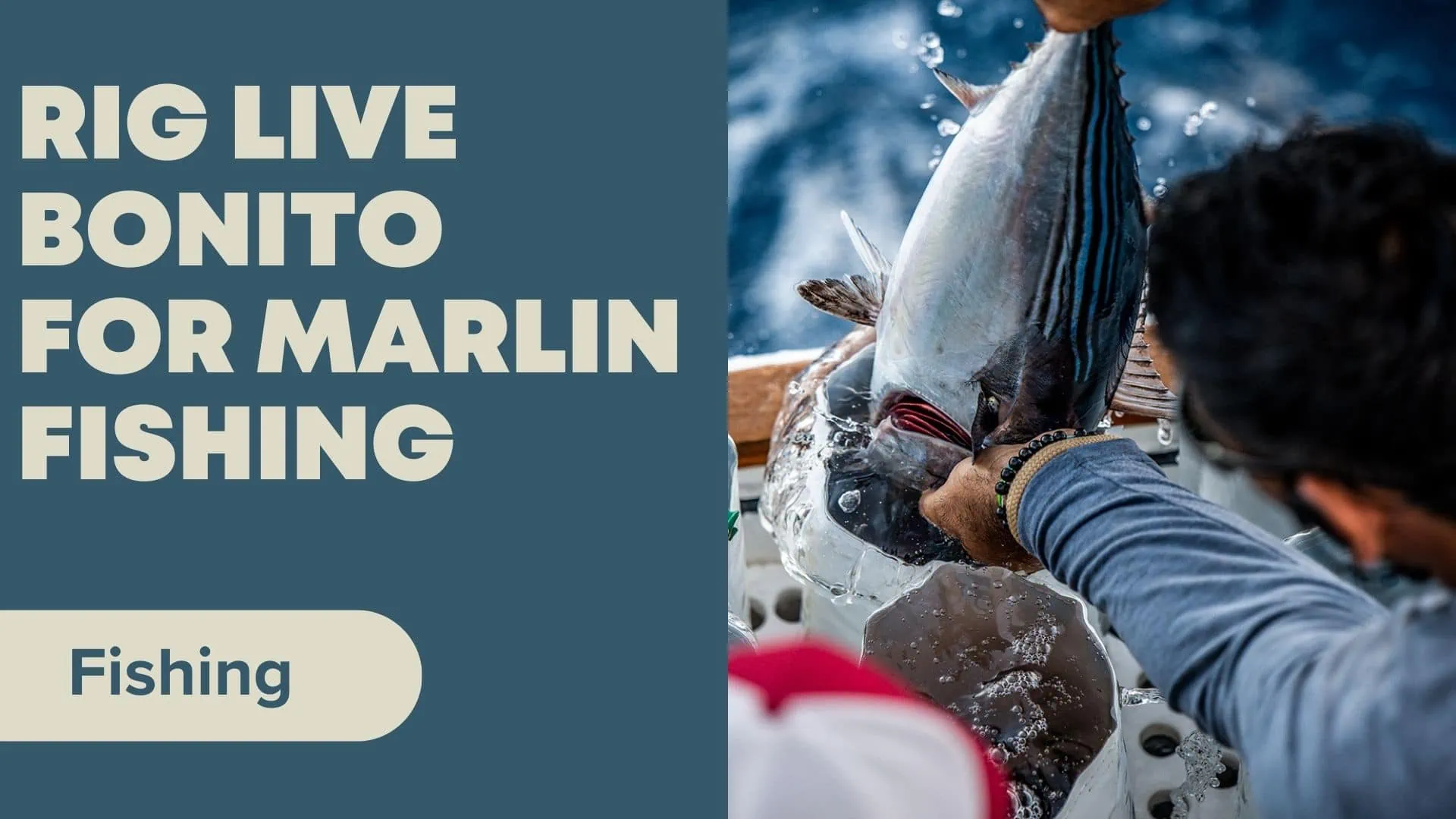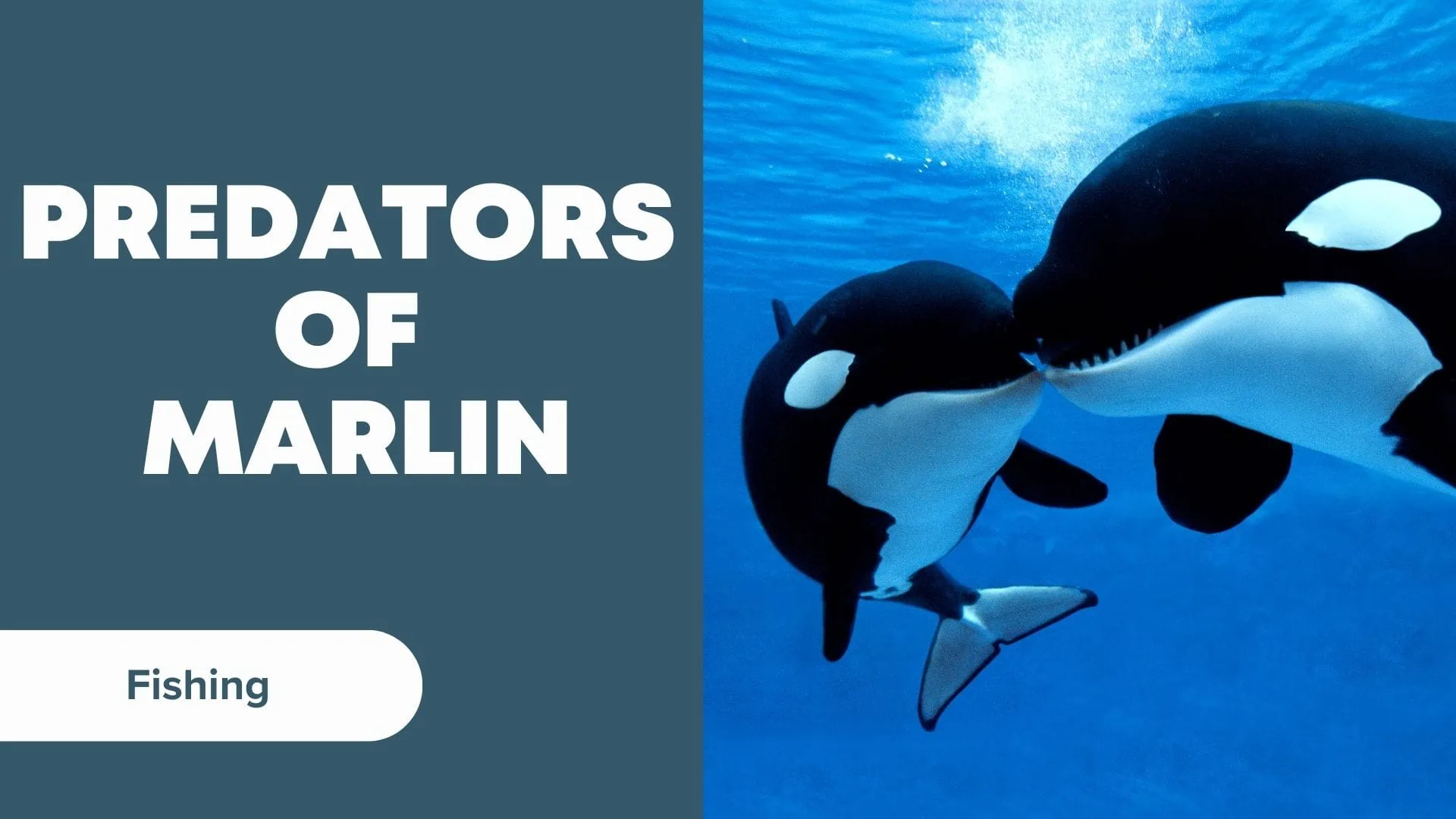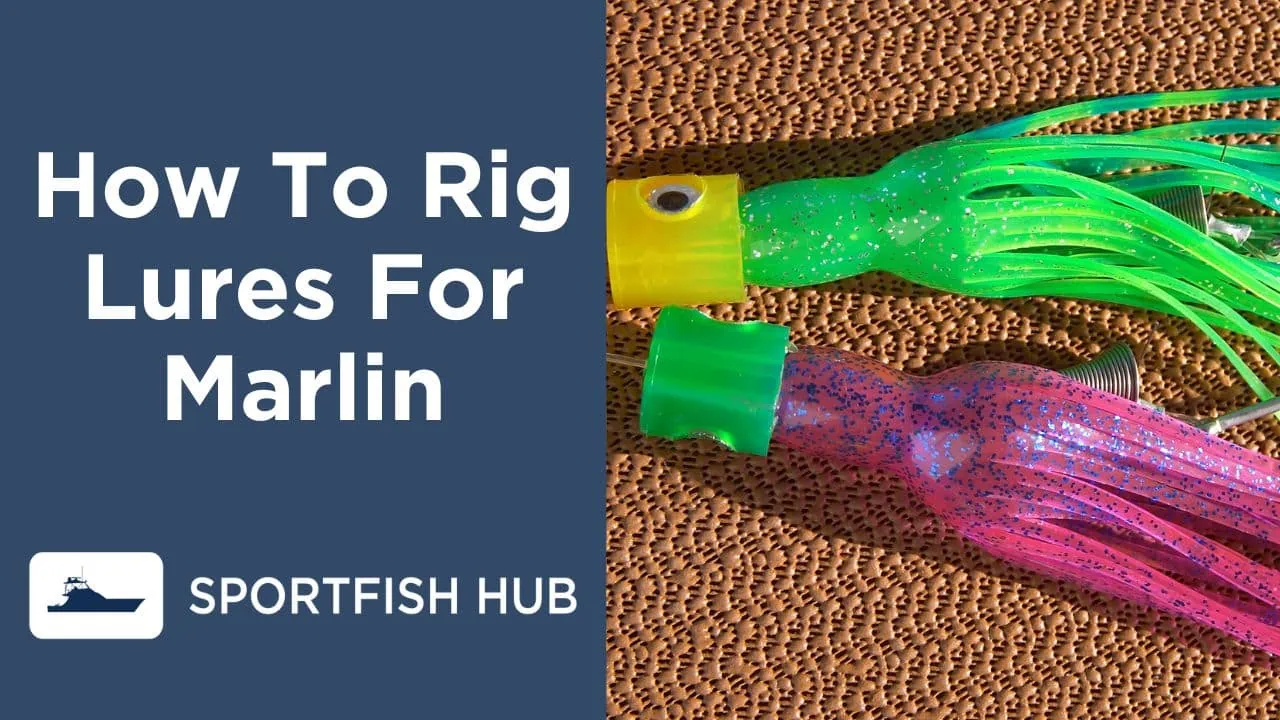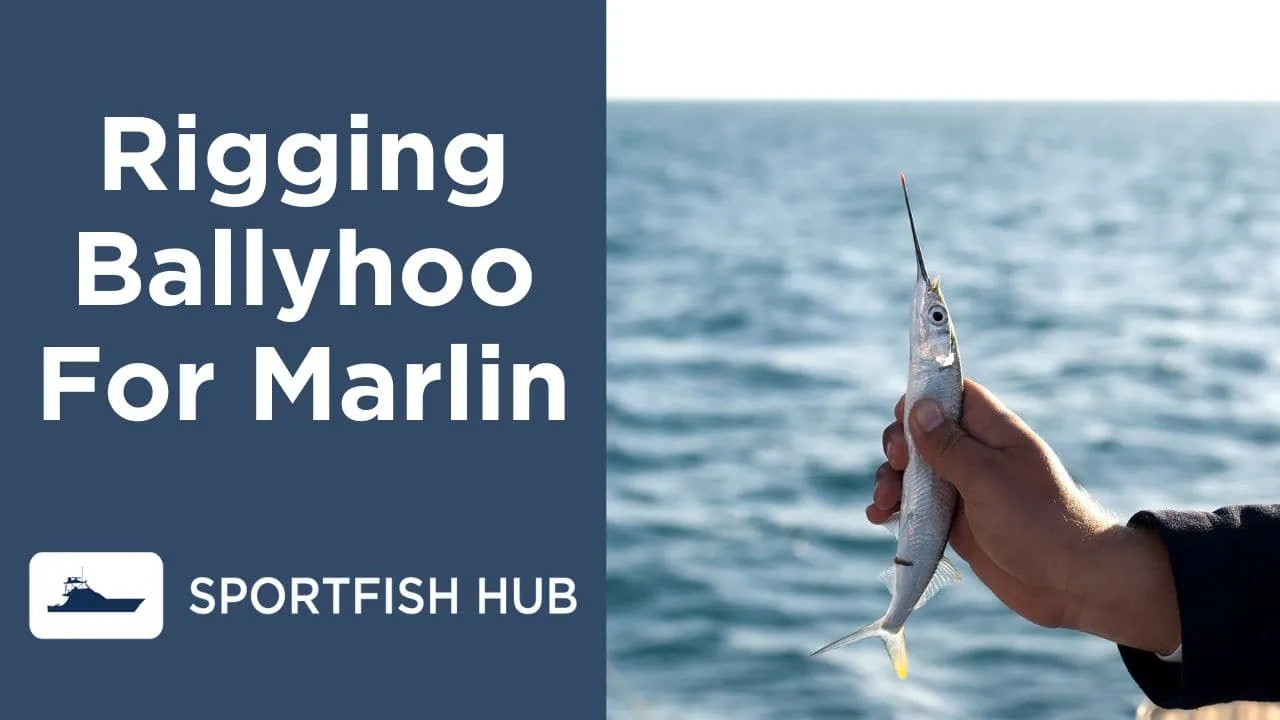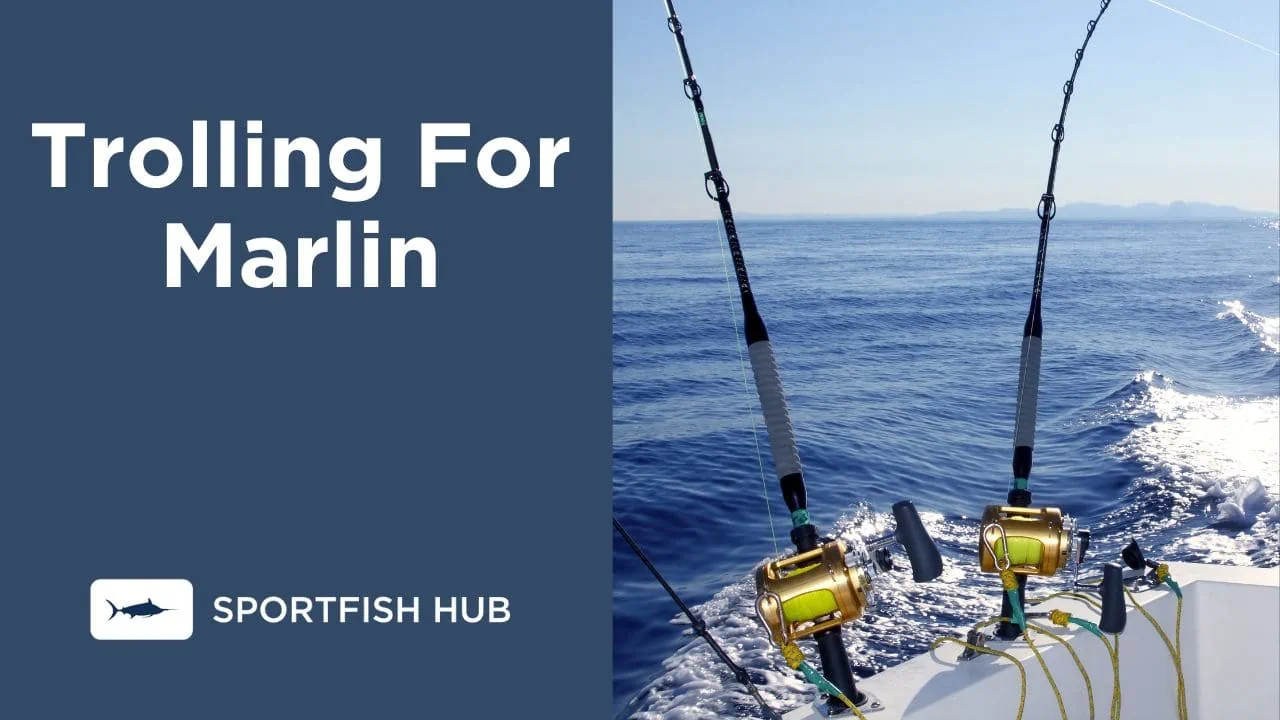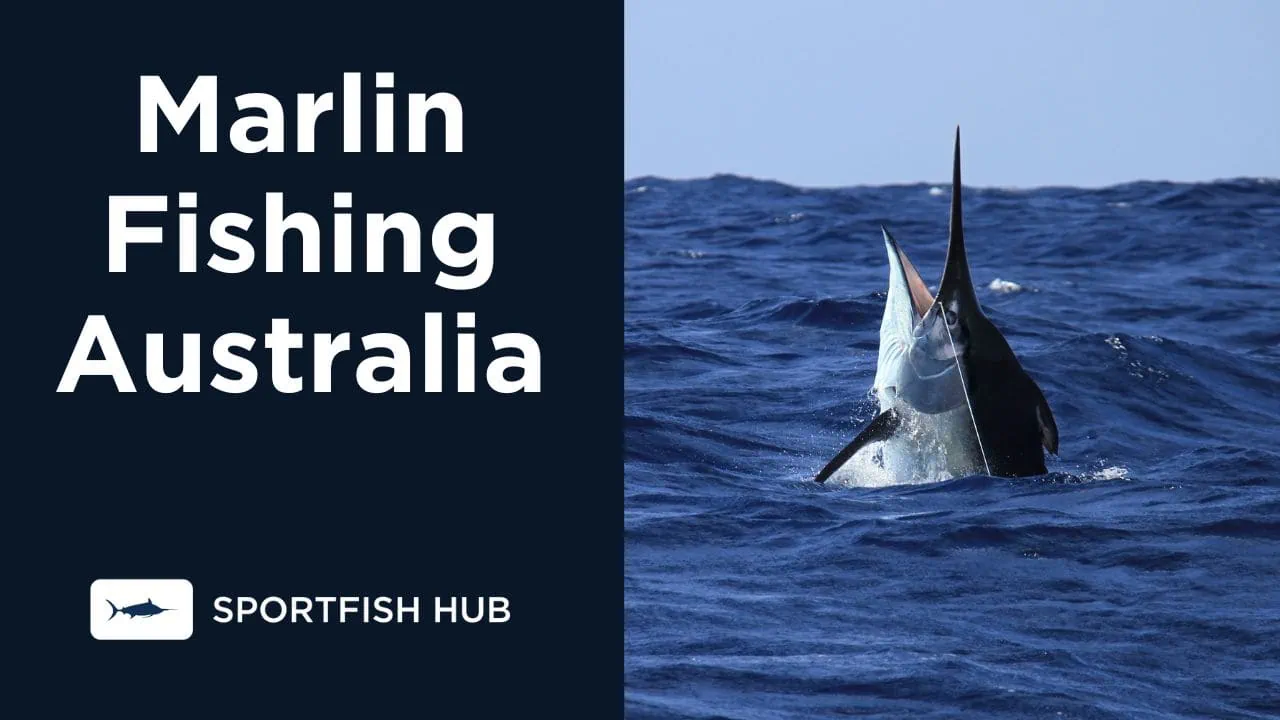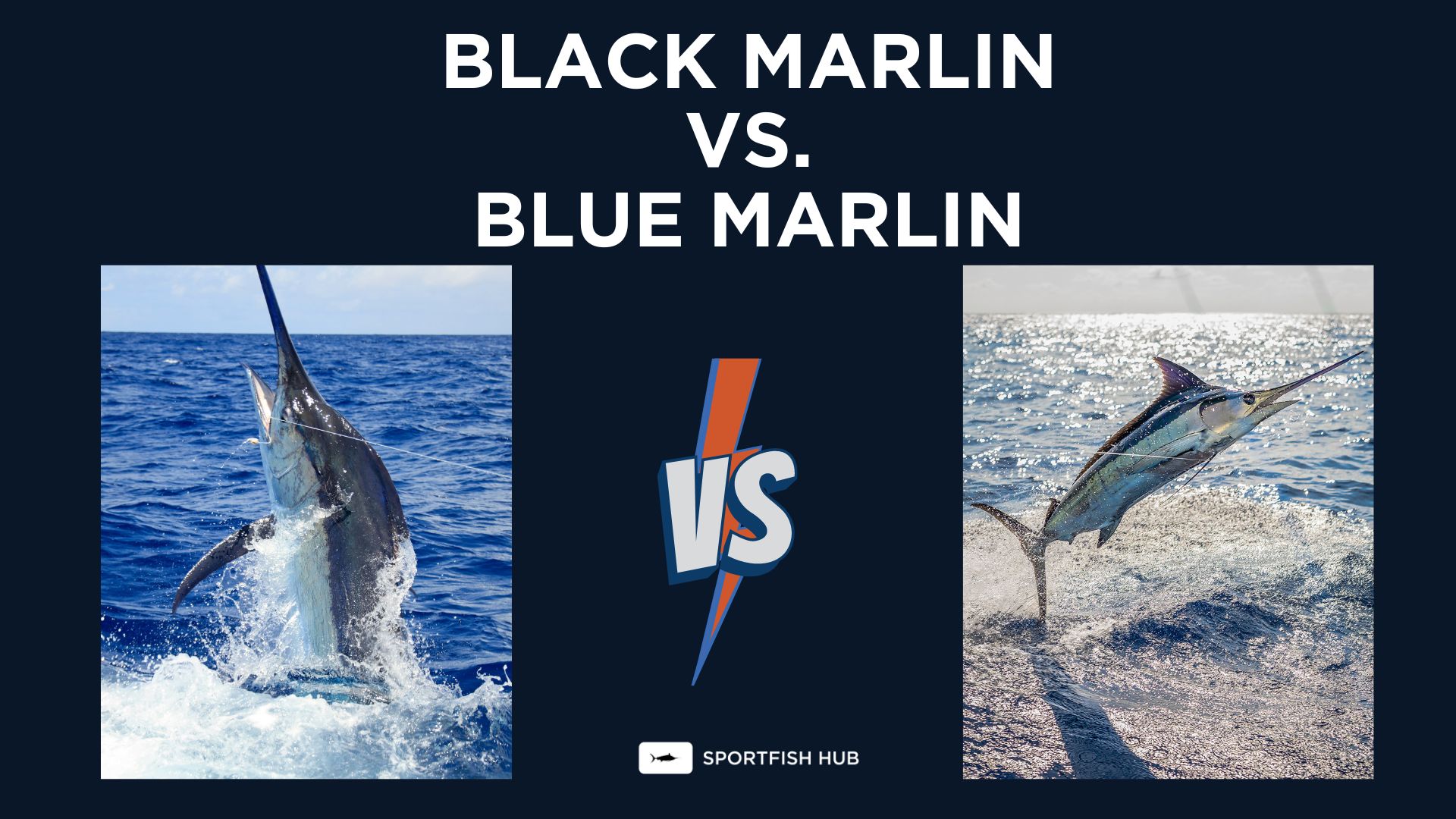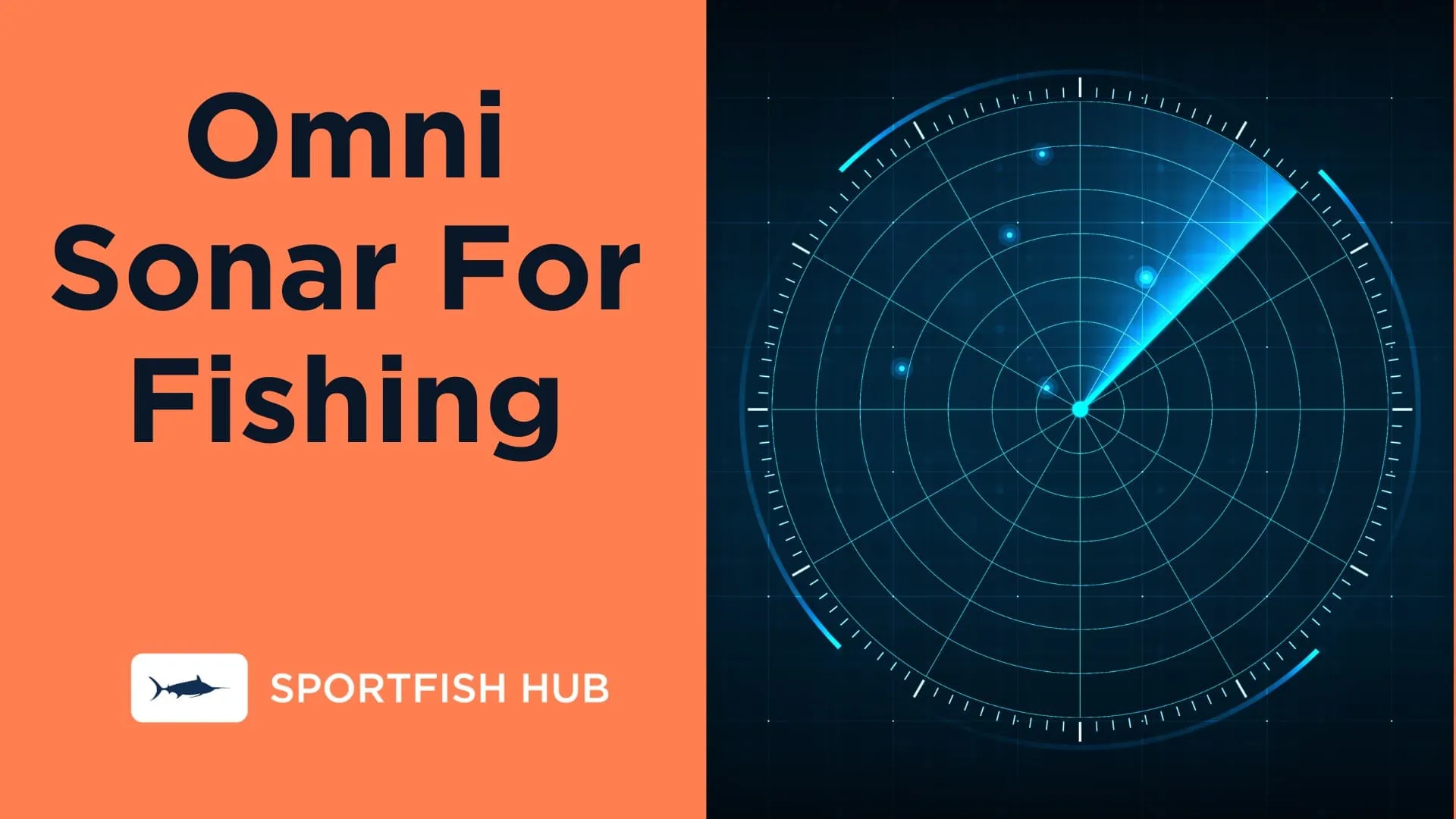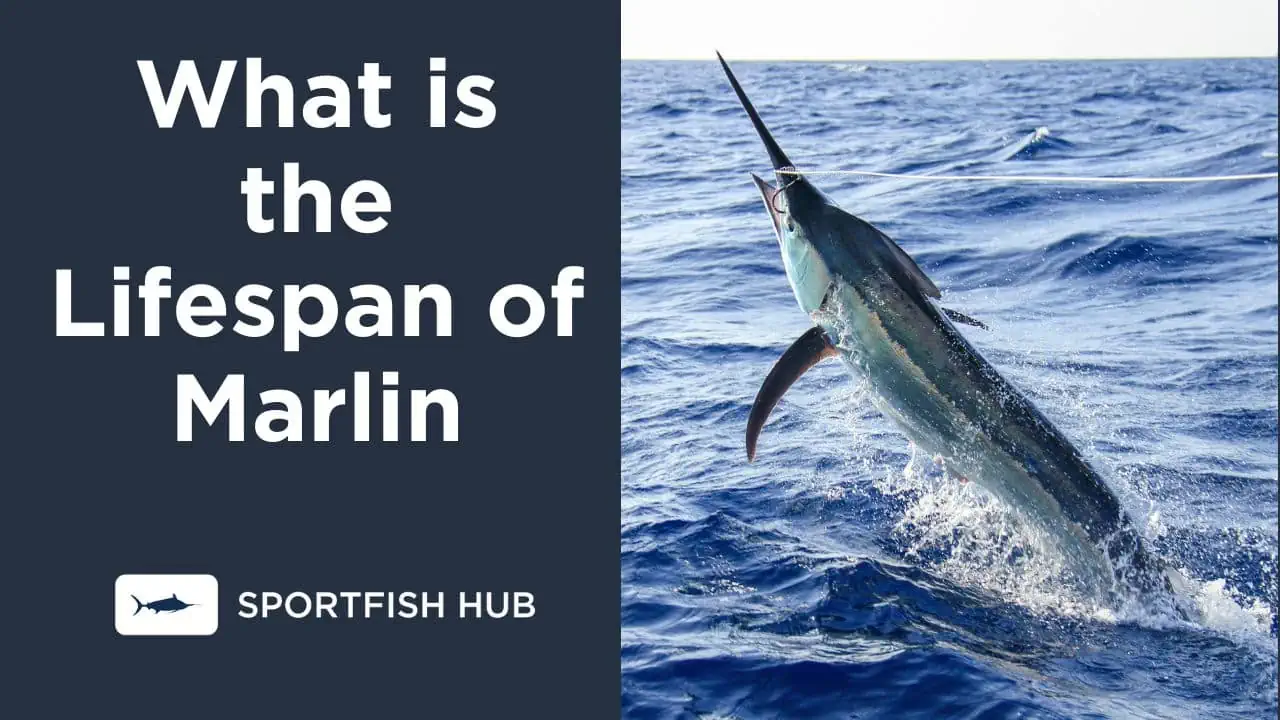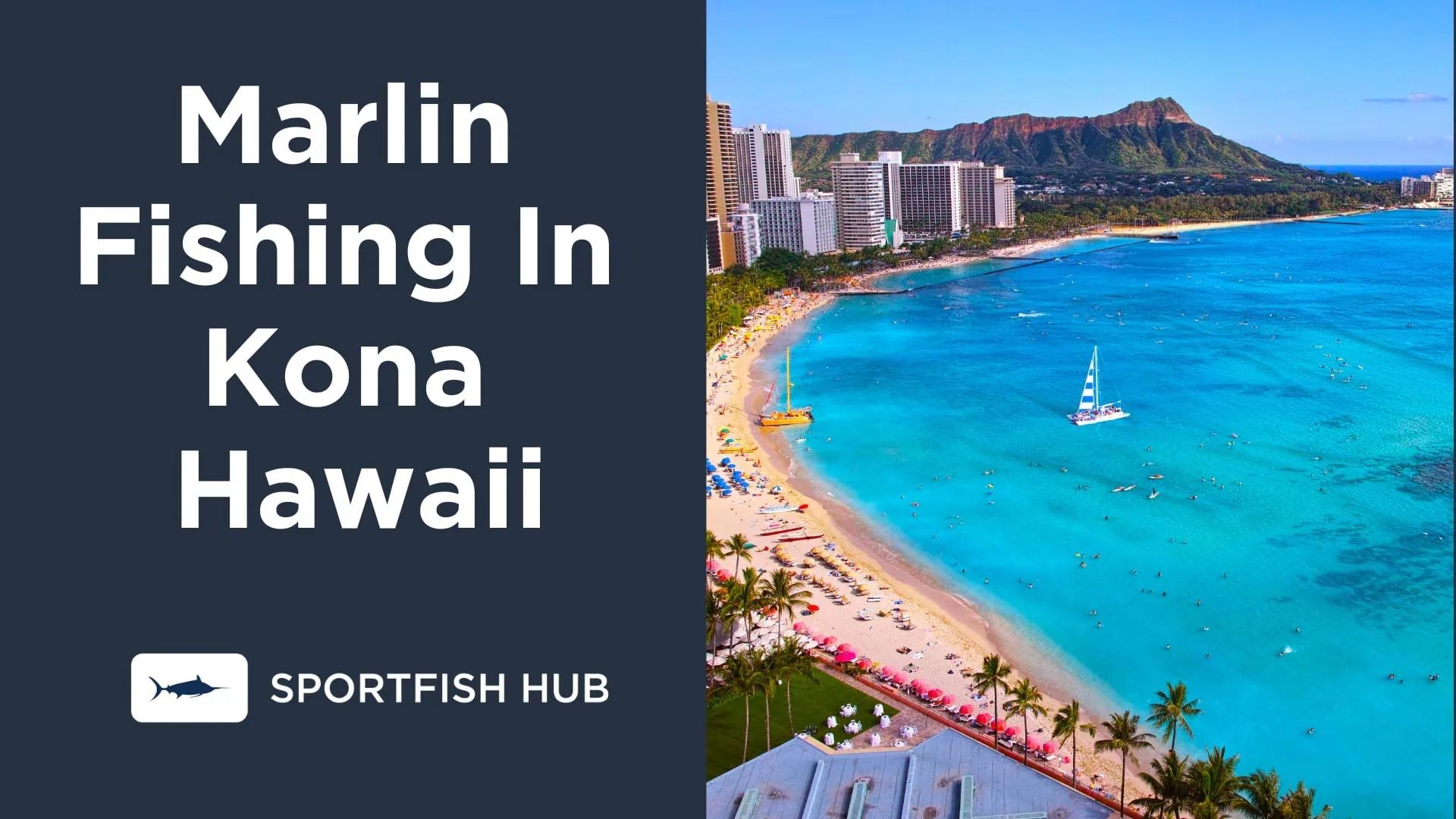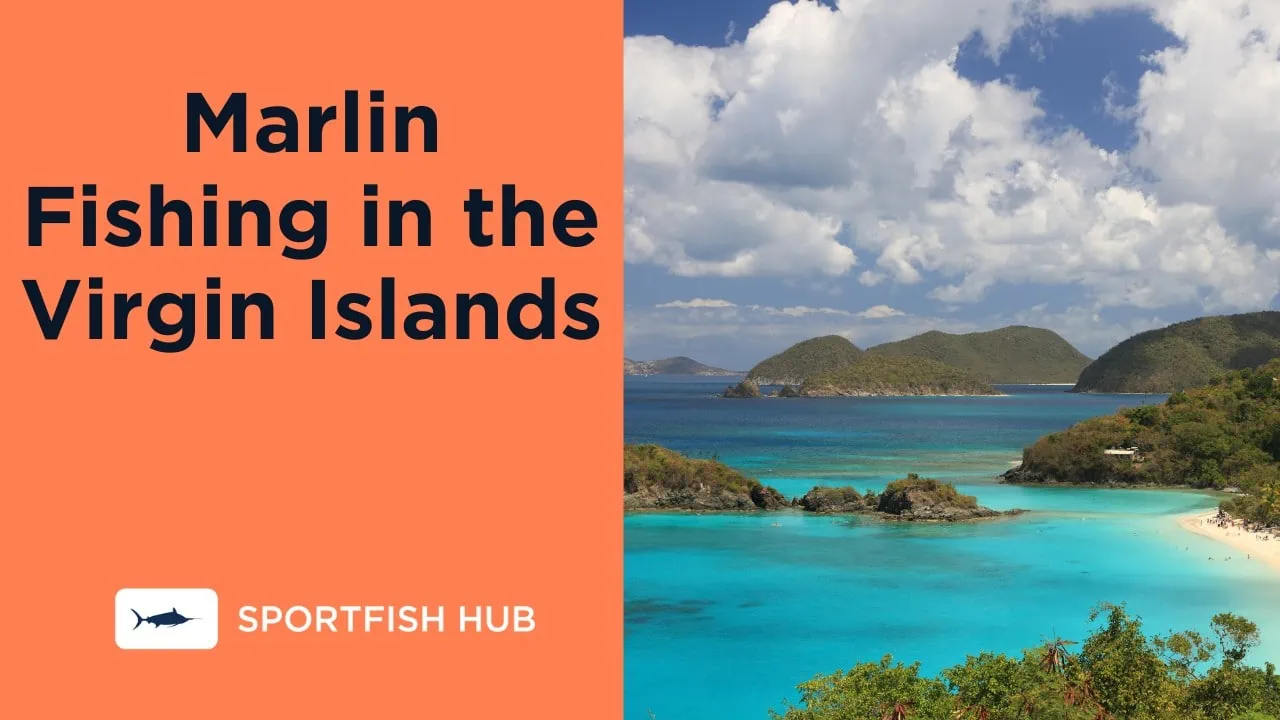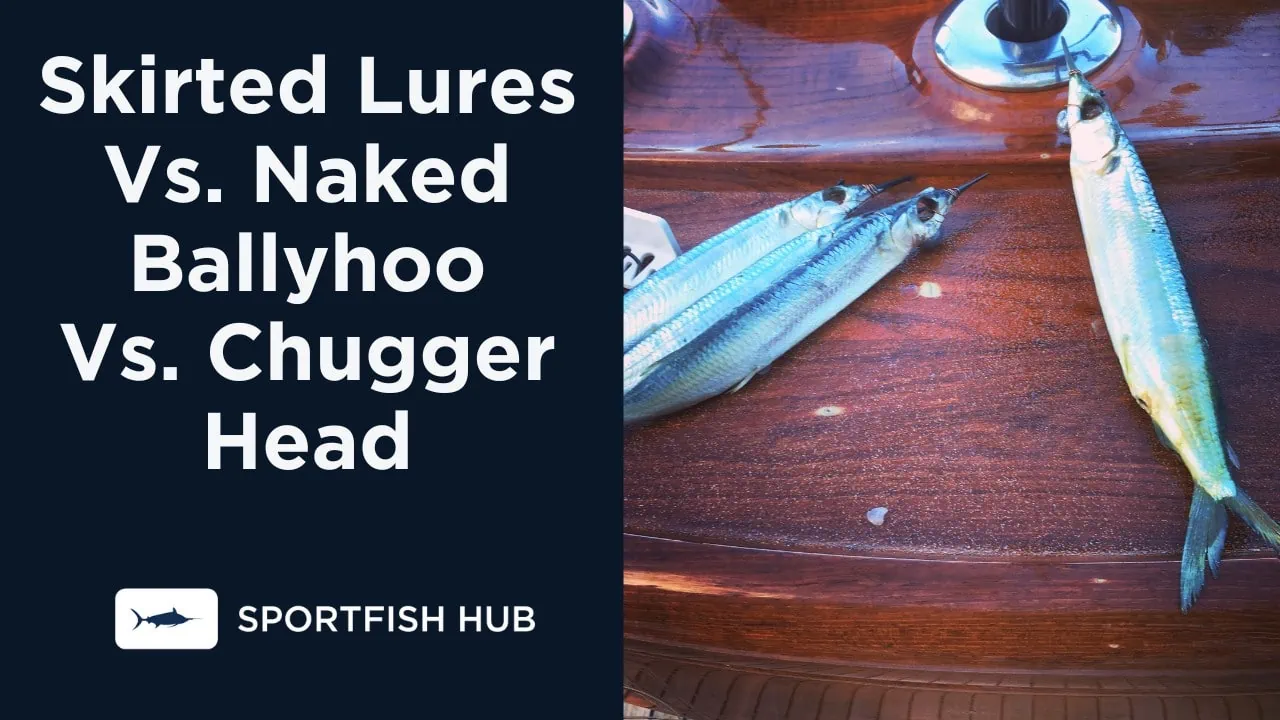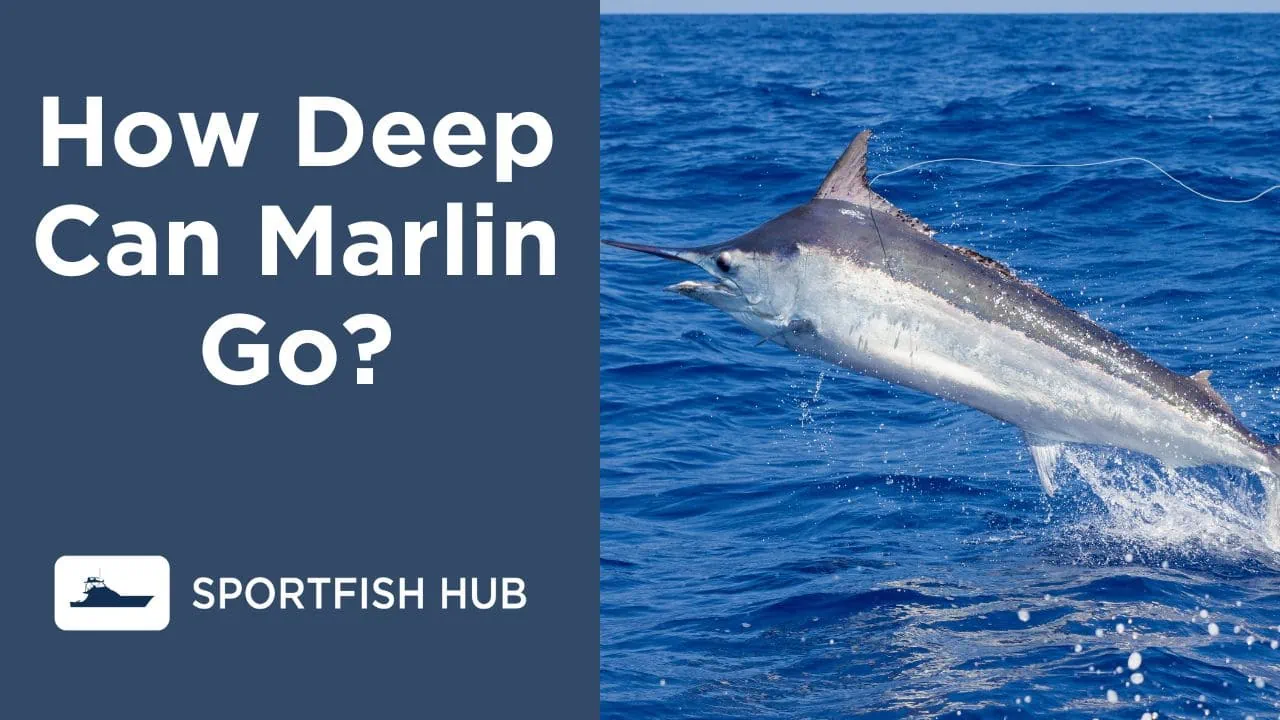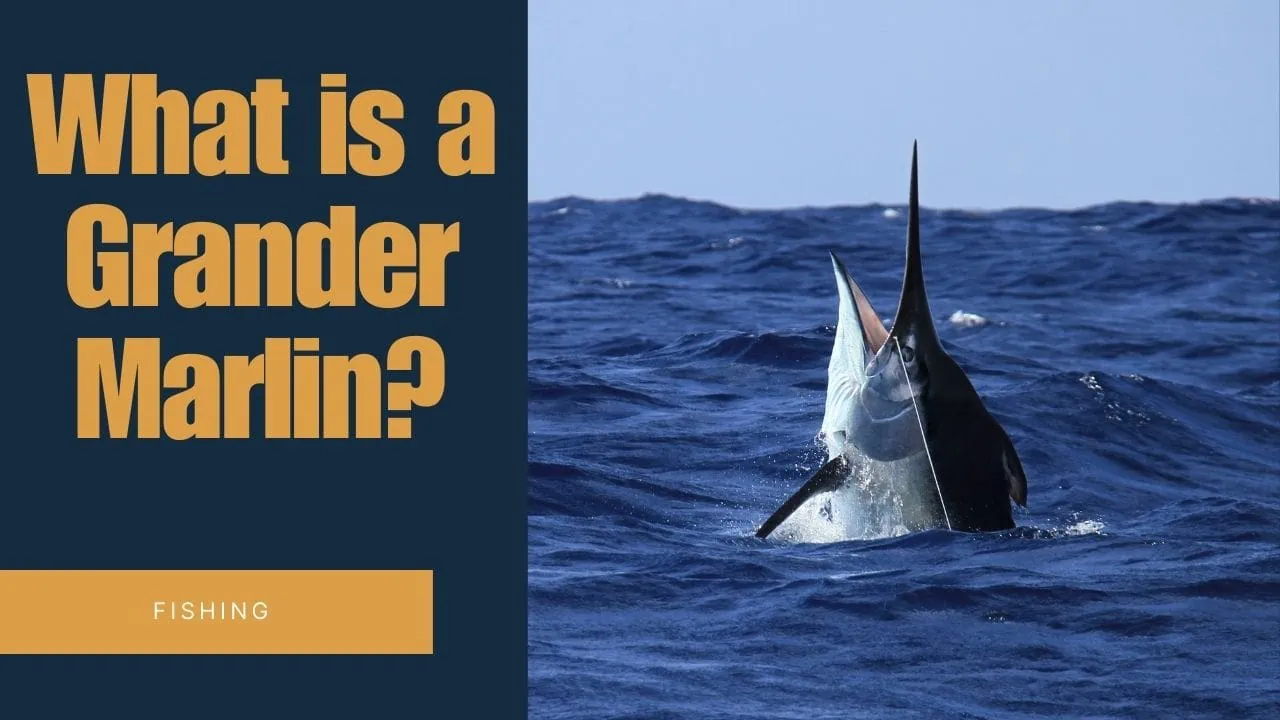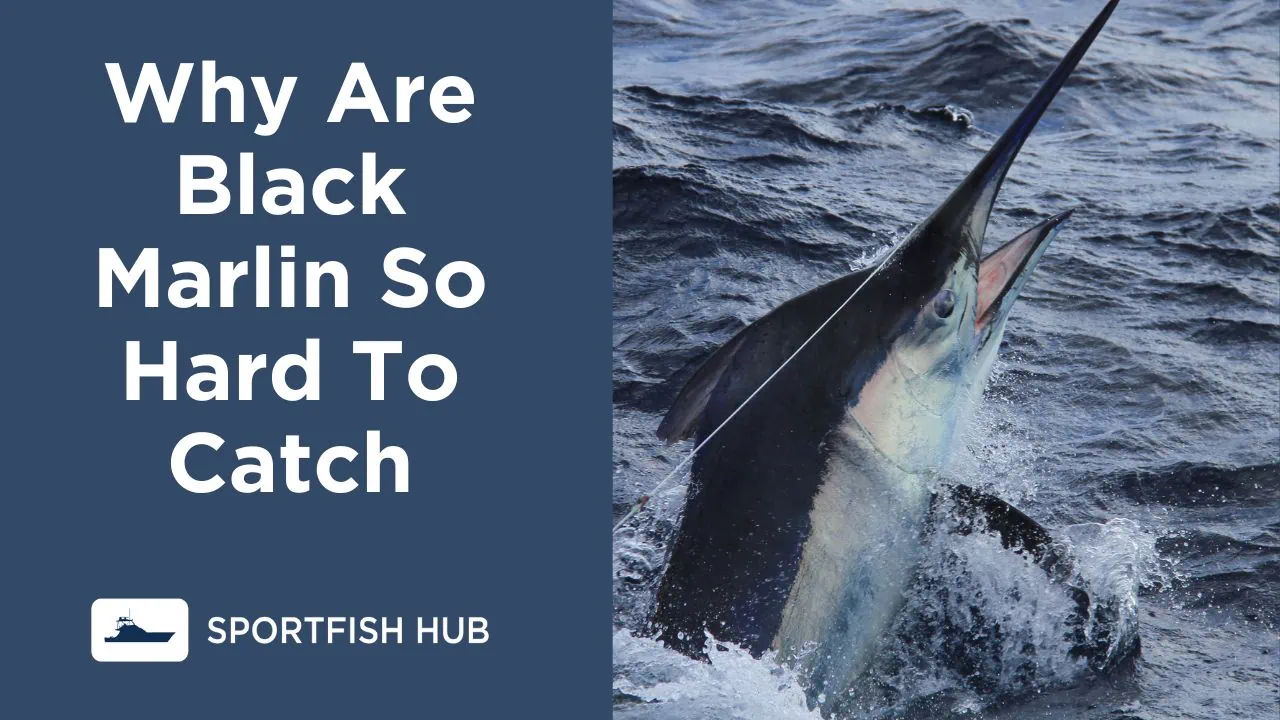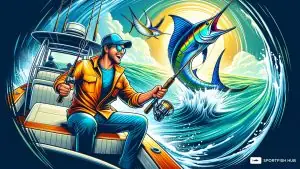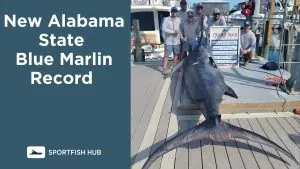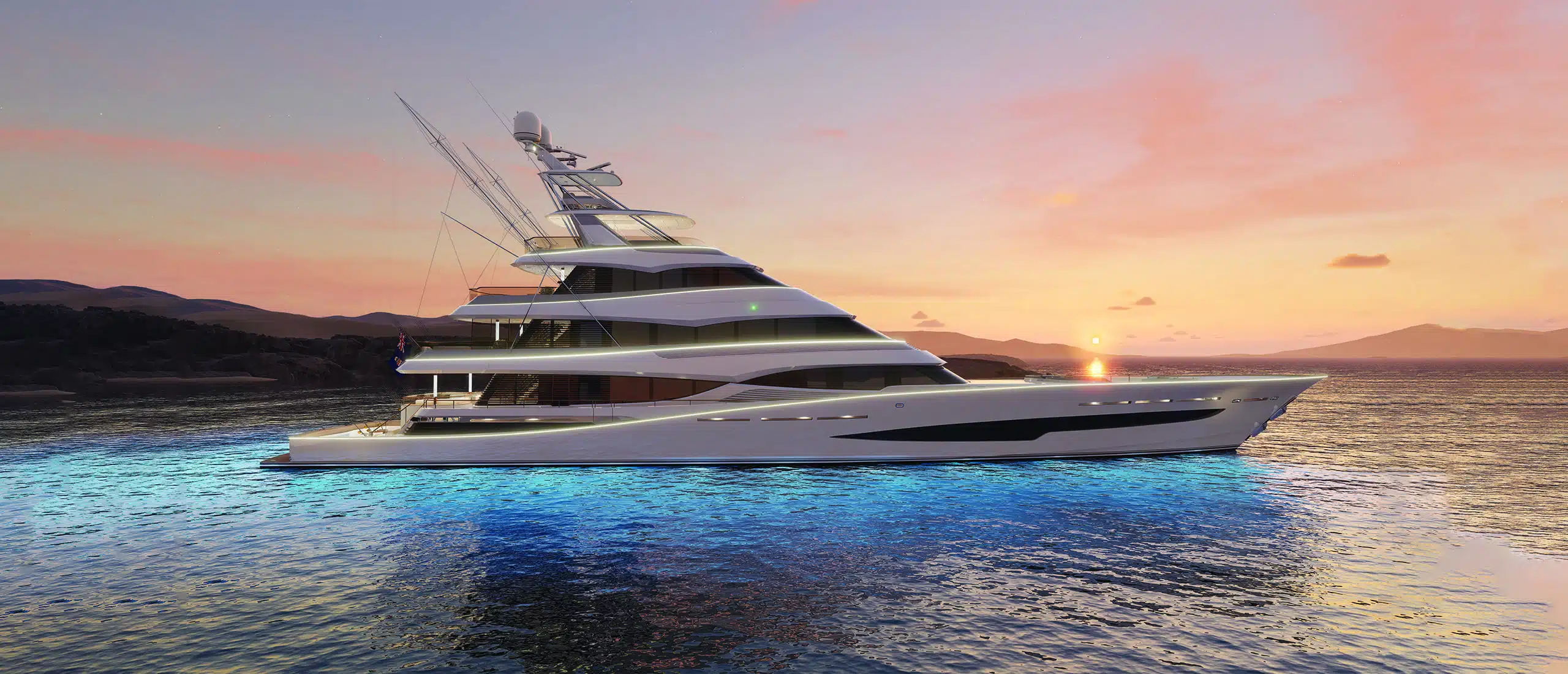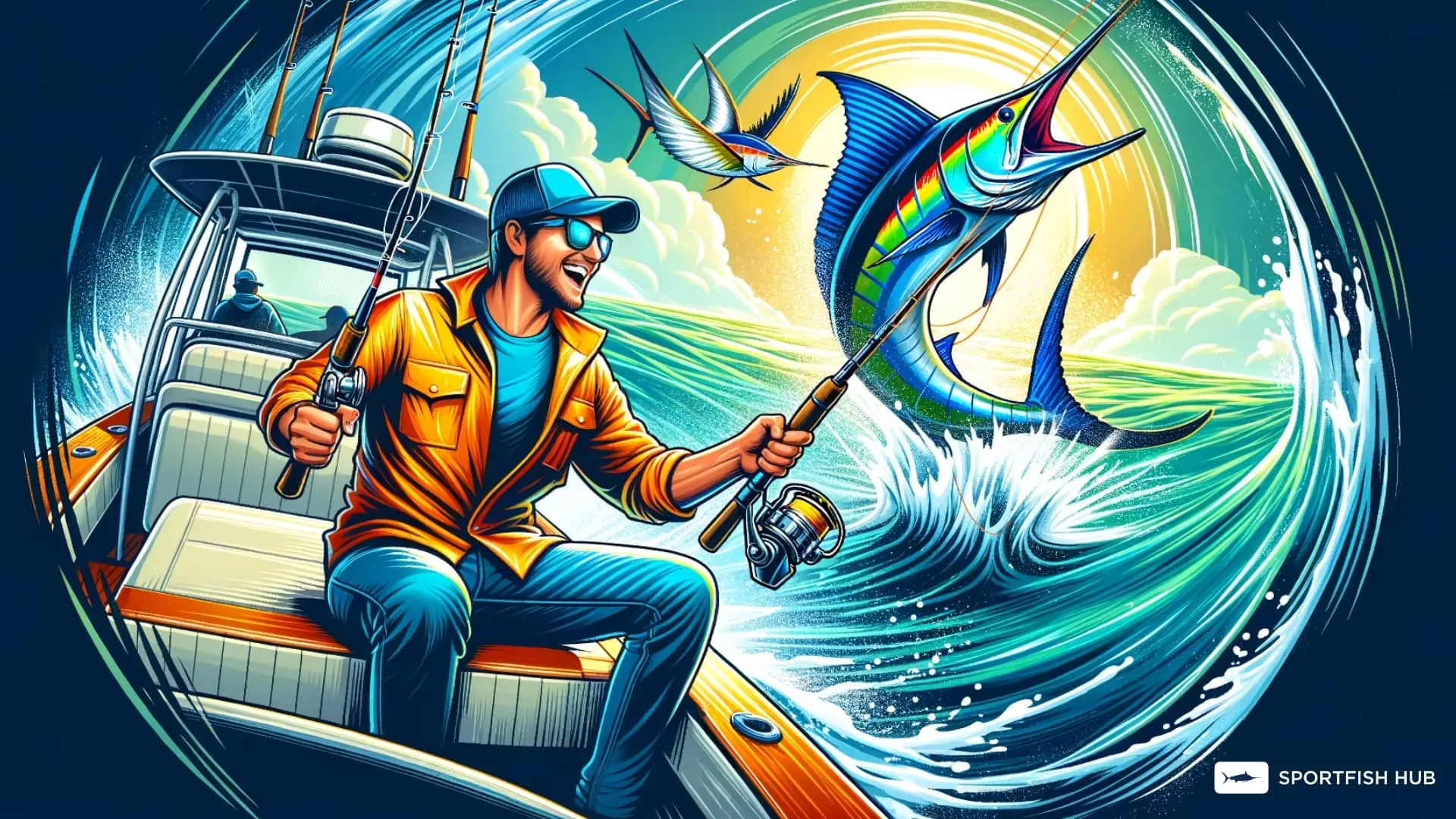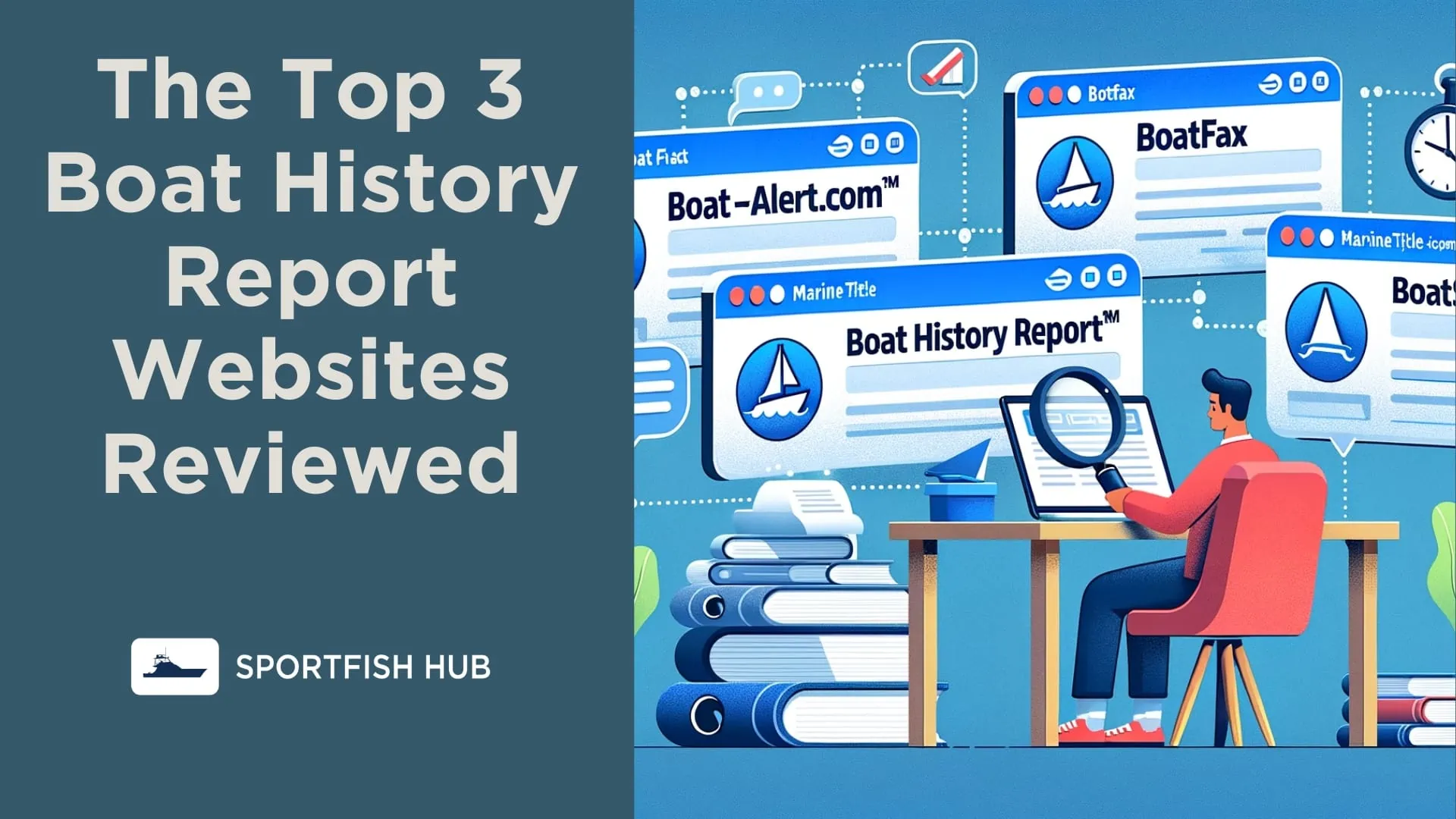Marlin are large, predatory fish that are highly prized by sport fishermen around the world. Known for their strength, speed, and fighting ability when hooked, marlin provide an ultimate challenge for serious anglers. There are several different species of marlin that are popular targets for recreational fishing.
The blue marlin is considered by many to be the ultimate offshore gamefish. Blues can reach weights of over 1,000 pounds and lengths of up to 16 feet. They are found in tropical and subtropical waters around the world. Blue marlin are fast swimmers capable of speeds over 50 mph. When hooked, they make blistering runs and spectacular jumps as they try to throw the hook. Landing a big blue marlin on rod and reel is considered one of the top achievements in sportfishing.
Table of Contents
Other marlin species sought after by anglers include:
- Black marlin – Similar in shape to blues but solid black in color. Also capable of growing to massive sizes over 1,000 pounds.
- Striped marlin – Identified by vertical stripes on their sides. Not as large as blues or blacks but put up an impressive fight when hooked. Popular targets off the Pacific coast of Central America.
- White marlin – The smallest of the marlin species, but still reaches weights over 200 pounds. Abundant in the western Atlantic Ocean.
Marlin fishing techniques vary by location and target species. In general, marlin anglers use large, specialized fishing rods paired with big game reels spooled with heavy pound test line. Lures, live bait, and dead bait rigs are all used to attract marlin strikes.
Popular Marlin Fishing Destinations
| Location | Target Species | Season |
|---|---|---|
| Kona, Hawaii | Pacific blue marlin | May – October |
| Cabo San Lucas, Mexico | Striped marlin | Year-round, peaks Oct – Dec |
| Cairns, Australia | Black marlin | Year-round, peaks Aug – Nov |
| Costa Rica | Blue marlin, striped marlin | December – April |
| Kenyan Coast | Striped marlin, black marlin | Year-round, peaks Sept – Feb |
Billfish tournaments are held around the world for competitive marlin anglers. Prizes are awarded for catching the heaviest marlin within a designated fishing time. Tag and release practices are encouraged to promote marlin conservation.
Some key facts and stats about marlin:
- There are around 10 species of marlin, which are closely related to swordfish.
- The blue marlin (Makaira nigricans) is one of the largest species of fish in the world, reaching up to 14 feet in length and weighing up to 1,985 pounds.
- Marlin are among the fastest marine swimmers, with some species known to reach speeds of up to 68 mph.
- Marlin have a long, sword-like upper jaw that they use to slash and stun fish, making them easier to catch.
- The largest marlin ever caught was a black marlin weighing 1,560 pounds, caught by Alfred Glassell Jr. in Cabo Blanco, Peru, on August 4, 1953.
Marlin fishing offers adventure, excitement, and a special connection to one of the ocean’s most incredible predators for dedicated anglers. With proper management and conservation practices, marlin can continue providing thrilling sportfishing opportunities into the future.
Articles On Marlin
Azores Marlin Fishing
The Azores, a group of volcanic islands in the North Atlantic, is a top destination for sport fishermen…
Blue Marlin Fishing in Puerto Rico
Puerto Rico, with its famed 5-mile-deep trench and prolific marine life, is a hot spot for some of the world’s…
White Marlin Fishing
White marlin are prized gamefish that provide an exciting challenge for anglers. Here is everything you need to know about…
Can You Eat White Marlin?
Can you actually eat white marlin? In this article, we’ll explore the ethical, health, and nutritional aspects of consuming…
The Largest Marlin Ever Caught
In this article, I’ll take you through the top 5 biggest Marlin ever caught, along with what they weighed, where…
Why Are Marlin High In Mercury
Marlin, a popular game fish globally, contains high levels of mercury, which raises concerns for seafood lovers and health enthusiasts…
The Top 5 Best Marlin Lures for Trolling
If you’re Marlin Fishing with dead or live bait, you’re at the mercy of what the sea provides you; however,…
Black Marlin
Known as one of the largest and fastest bony fish in the world, Black Marlin (Istiompax indica) command attention with…
Choosing the Best Color Marlin Lure
But what seems like a complicated choice really isn’t that complicated at all, and typically depends entirely on the conditions…
Types Of Marlin
Welcome to the incredible world of marlin, some of the most amazing and awe-inspiring fish you’ll find beneath the ocean’s…
Fishing In Grenada
If you’ve ever dreamed of landing a massive marlin or catching an elusive grand slam, it’s time to start planning…
Marlin Fishing in Mexico
This guide will take you through the best locations, times, and techniques for marlin fishing in Mexico, catering to both…
Is Marlin Fishing Catch and Release
Yes, marlin fishing is predominantly a catch-and-release practice. The sportfishing community has moved towards this method to preserve marlin populations…
Is Marlin Fishing Cruel
In conclusion, whether marlin fishing is cruel or not depends on the methods used, the purpose behind it, and the…
Madeira Marlin Fishing
Blue Marlin in Madeira, Portugal can reach lengths of up to 14ft and swim at high speeds of up to…
When is Marlin Fishing Season
In this article, we’ll explore the marlin fishing season in some of the top marlin-catching spots worldwide. Keep in mind…
Marlin Fishing in Panama
Panama’s unique location and fertile waters create an amazing opportunity for landing a Marlin of Epic Proportions….
Ocean City, Maryland Marlin Fishing
If you’re considering a trip to Ocean City, Maryland, for some marlin fishing, you’ll want to know when the best…
How Deep Do You Fish For Marlin
The Blue Marlin, one of the most sought-after species, is typically found in deeper offshore waters. Anglers targeting Blue Marlin…
Marlin Fishing in Fiji
Fiji is widely regarded as one of the world’s premier big-game fishing destinations. This island nation in the South Pacific…
Cape Verde Marlin Fishing
Known for its abundant Blue Marlin population, Cape Verde offers an unparalleled billfish fishing experience….
The Ultimate Guide to Blue Marlin Fishing
Blue marlin, a majestic and powerful fish, is one of the most sought-after game fish species among sportfishing enthusiasts….
What Is a Billfish
Have you ever heard of billfish and wondered what makes them so unique from other fish? In this article, we’ll…
Sailfish Vs. Marlin
Marlin and sailfish are both members of the billfish family, known for their elongated, spear-like bills. However, there are noticeable…
Marlin Fishing Florida
Experience the excitement of marlin fishing in Florida with our comprehensive guide!…
What Time of Day is Best to Catch a Marlin
When it comes to marlin fishing, timing is everything. To increase your chances of landing that prized marlin, understanding the…
What Tastes Better Marlin Or Swordfish?
In this article, we are going to discuss which fish tastes better- Marlin or Swordfish?…
Best Moon Phase For Marlin Fishing
The moon phase can significantly impact marlin fishing success. But what exactly is the best moon phase for marlin fishing?…
Best Marlin Fishing In The World
When it comes to the best marlin fishing locations in the world, some destinations I have visited immediately come to…
Swordfish Vs. Marlin
Get ready to dive into the exciting world of billfish! We’ll be pitting Marlin against Swordfish in a battle of…
Best Marlin Fishing in the United States
Marlin fishing is an exciting and rewarding experience, attracting countless tourists every year to various destinations in the United States….
How to Rig a Live Bonito for Marlin Fishing
I’m excited to share my insights with you in a straightforward, easy-to-follow guide on rigging a live bonito for black…
What Are the Predators Of Marlin
In this informative blog post, we will explore the various natural ocean predators of marlin and shed light on their…
Marlin Fishing In Costa Rica
Ready for a real adventure? Look no further than marlin fishing in Costa Rica. With its pristine Pacific waters and…
How To Rig Lures For Marlin
One of the most critical aspects of this exciting sport is understanding how to rig your marlin lure effectively….
Rigging Ballyhoo For Marlin
Mastering the art of rigging ballyhoo for marlin fishing is a skill that can significantly enhance your success on the…
Trolling For Marlin
We’ll explore techniques such as trolling with lures, skip baiting, switch baiting, and more. Let’s dive in!…
Marlin Fishing Australia
Australia, renowned for its diverse wildlife and stunning landscapes, is also one of the top destinations in the world for…
Marlin Fishing In Brazil
This guide provides an in-depth look at Marlin fishing in Brazil, covering everything from the best locations to the right…
Black Marlin Vs. Blue Marlin
We’ll dive deep into the differences between the Black Marlin and Blue Marlin, covering everything from their physical characteristics to…
Omni Sonar For Fishing
In the world of fishing, technology has always played a pivotal role in enhancing the catch and making the process…
What is the Lifespan of Marlin
In this blog, I’ll delve into the world of marlin to uncover their average lifespans among different species, including Atlantic…
Marlin Fishing In Kona Hawaii
Kona, Hawaii, is the only place in the world where 1000 lbs. blue marlin can be caught every month of…
Marlin Fishing in the Virgin Islands
The Virgin Islands is yet another one of the best Marlin Fishing destinations in the world….
Skirted Lures Vs. Naked Ballyhoo
When fishing for Marlin, it is often thought that there is a debate about whether Skirted Lures Vs. Naked Ballyhoos…
How Deep Can Marlin Go
Marlin are known to dive to impressive depths, with some species capable of reaching 1,000 feet or more below the…
What Is A Grander Marlin
A “grander” marlin is a specific designation given to a blue marlin (Makaira nigricans) or black marlin (Istiompax indica) that…
Why Are Black Marlin So Hard To Catch
The elusive black marlin is a prized catch among fishing enthusiasts around the world, renowned for its incredible strength, size,…

